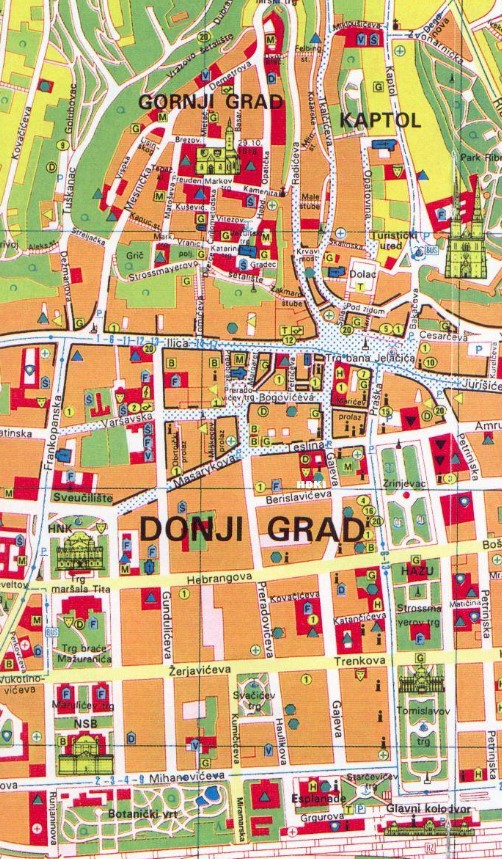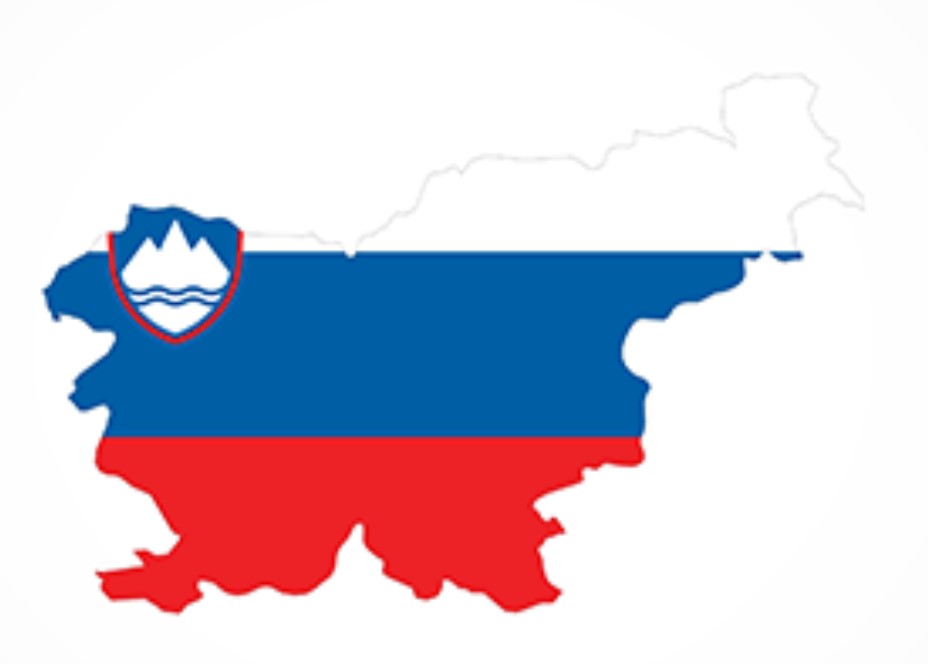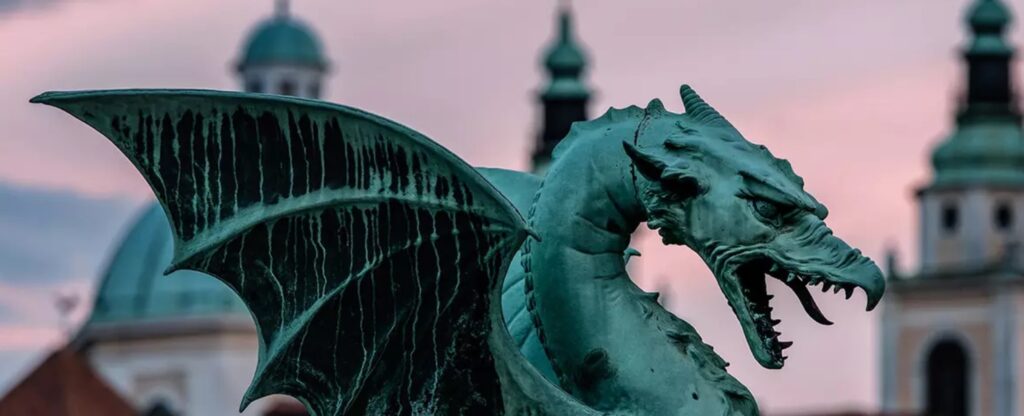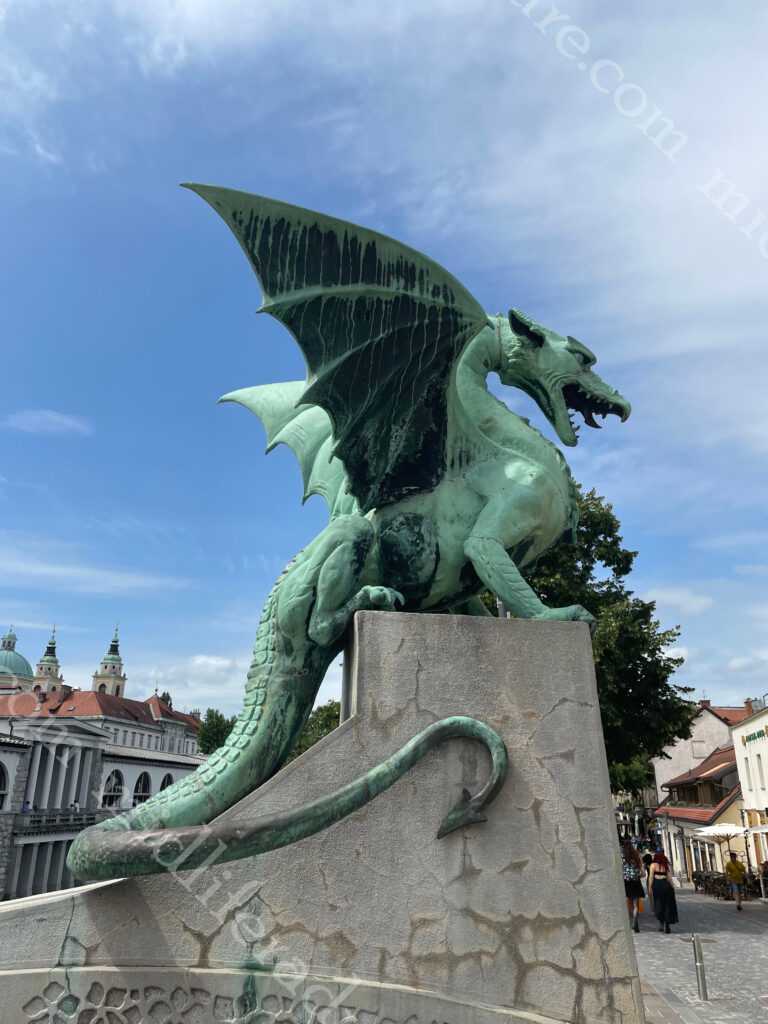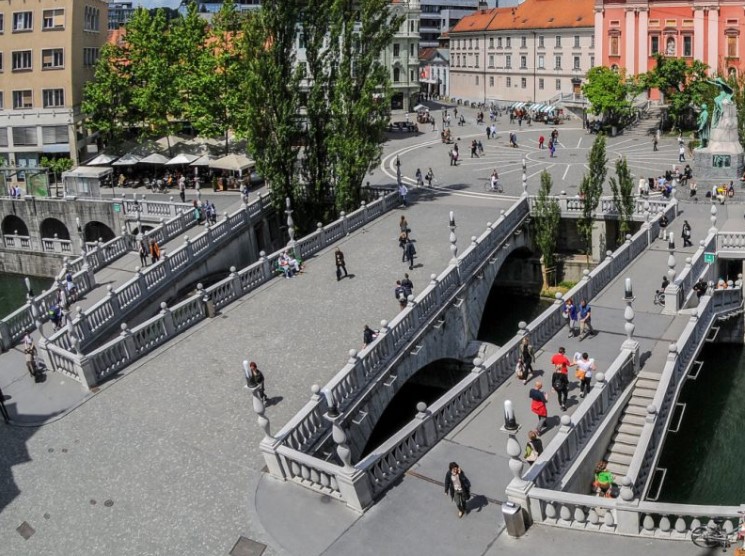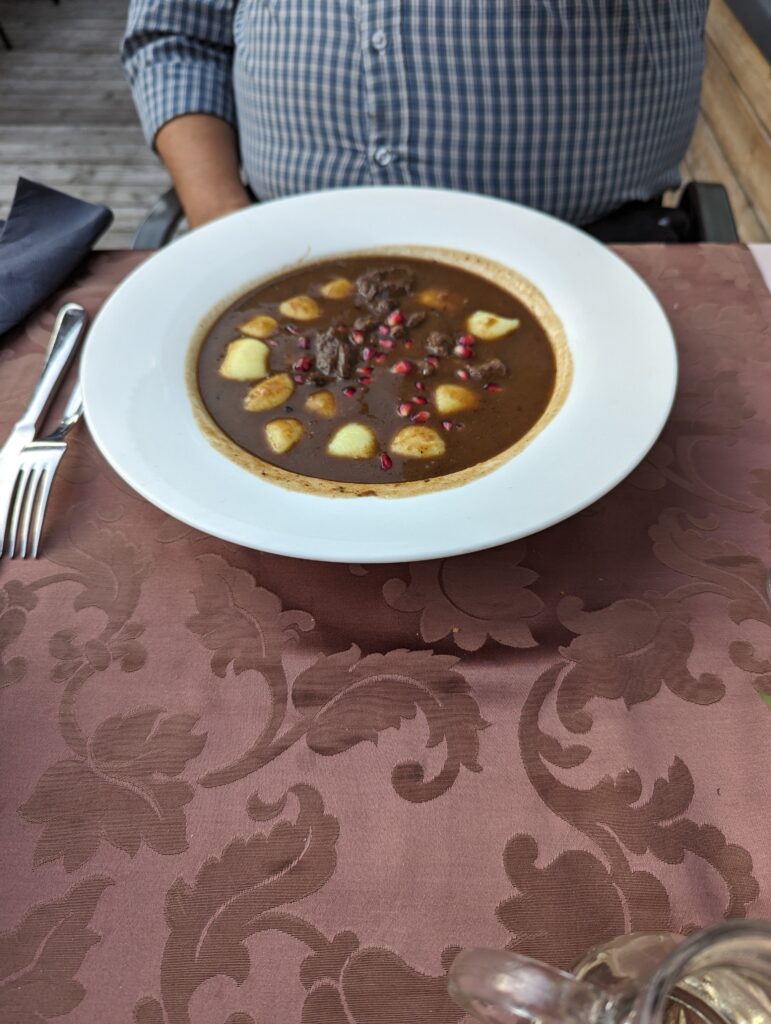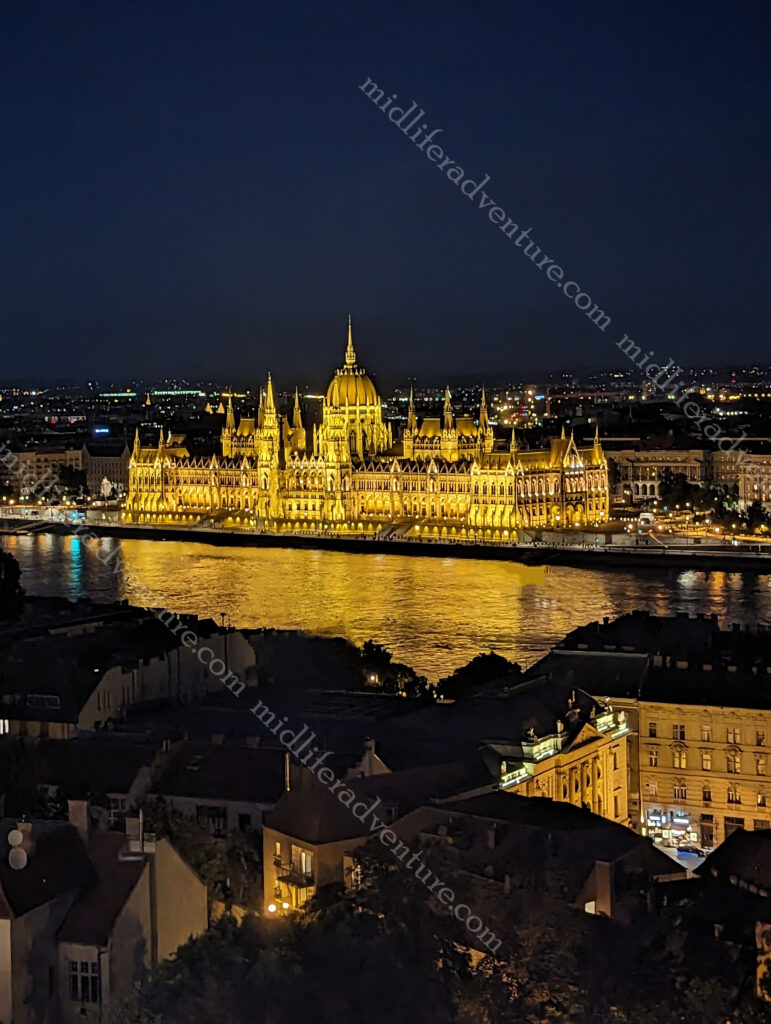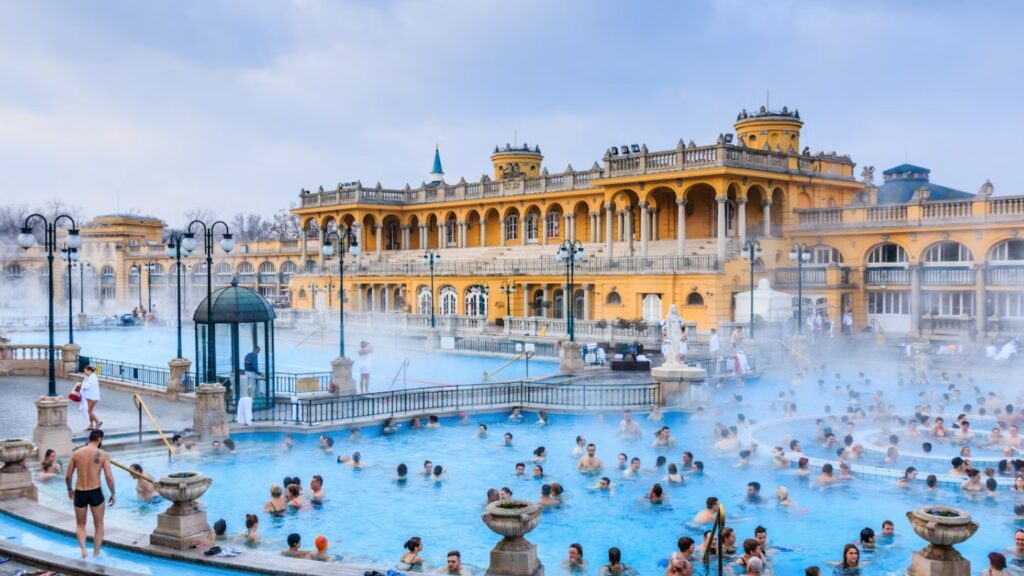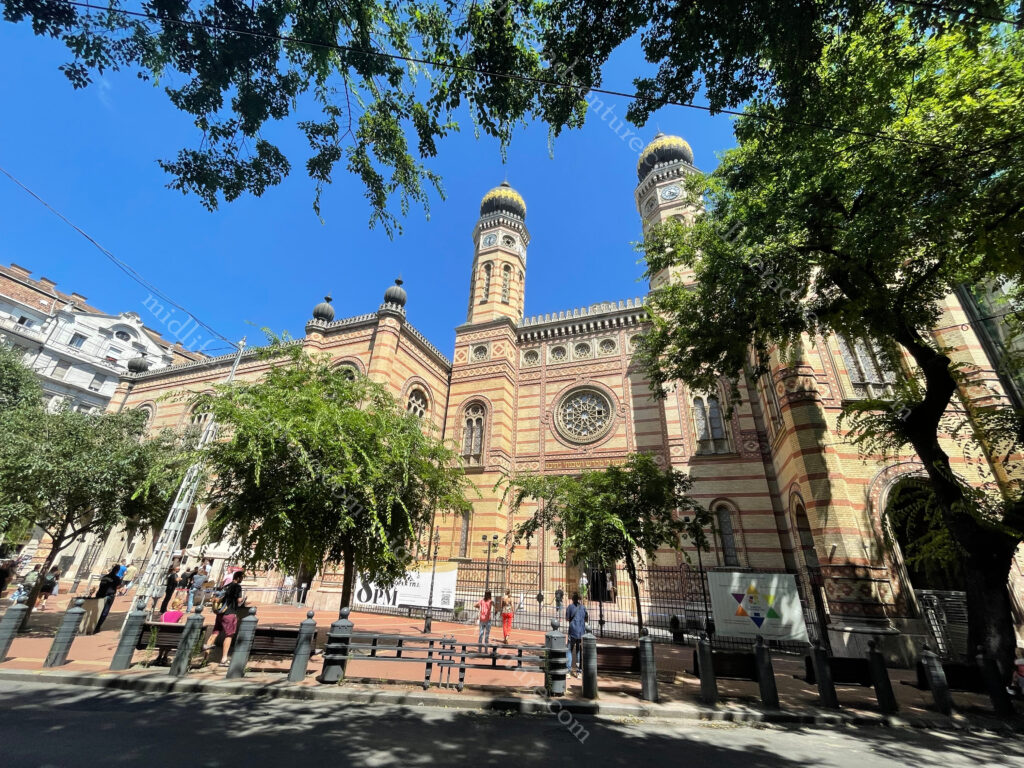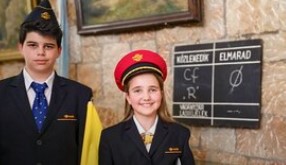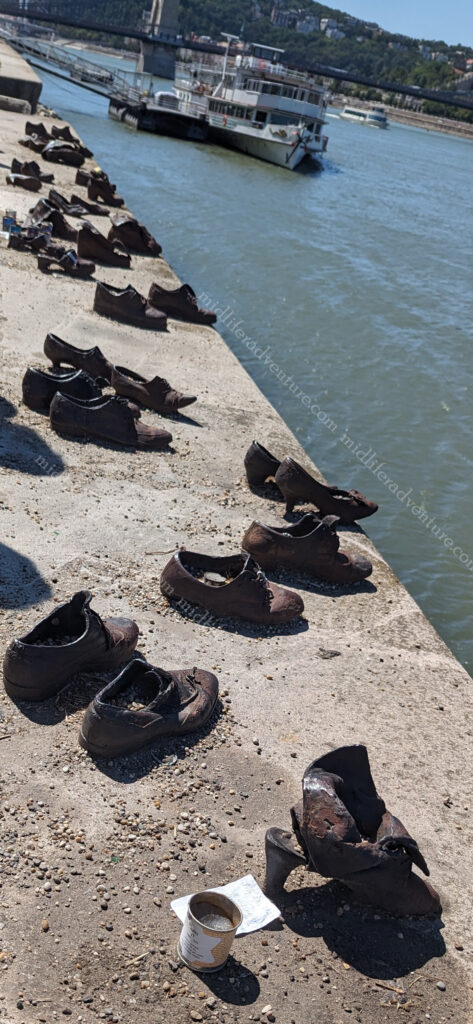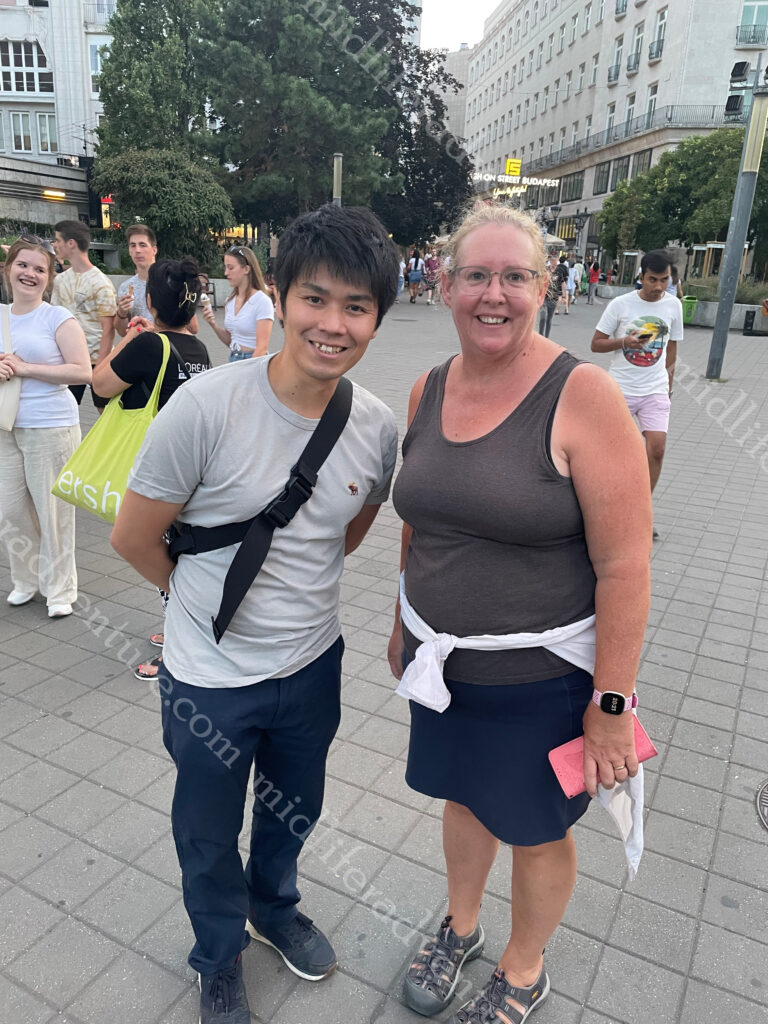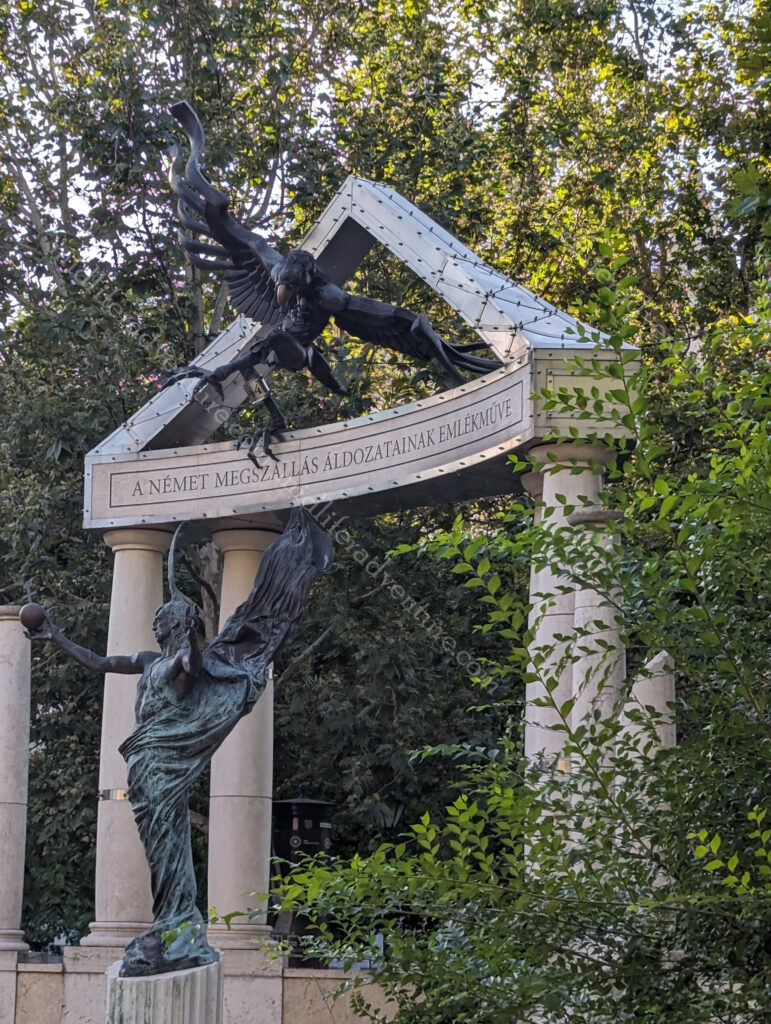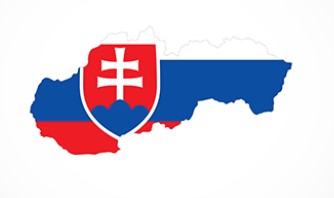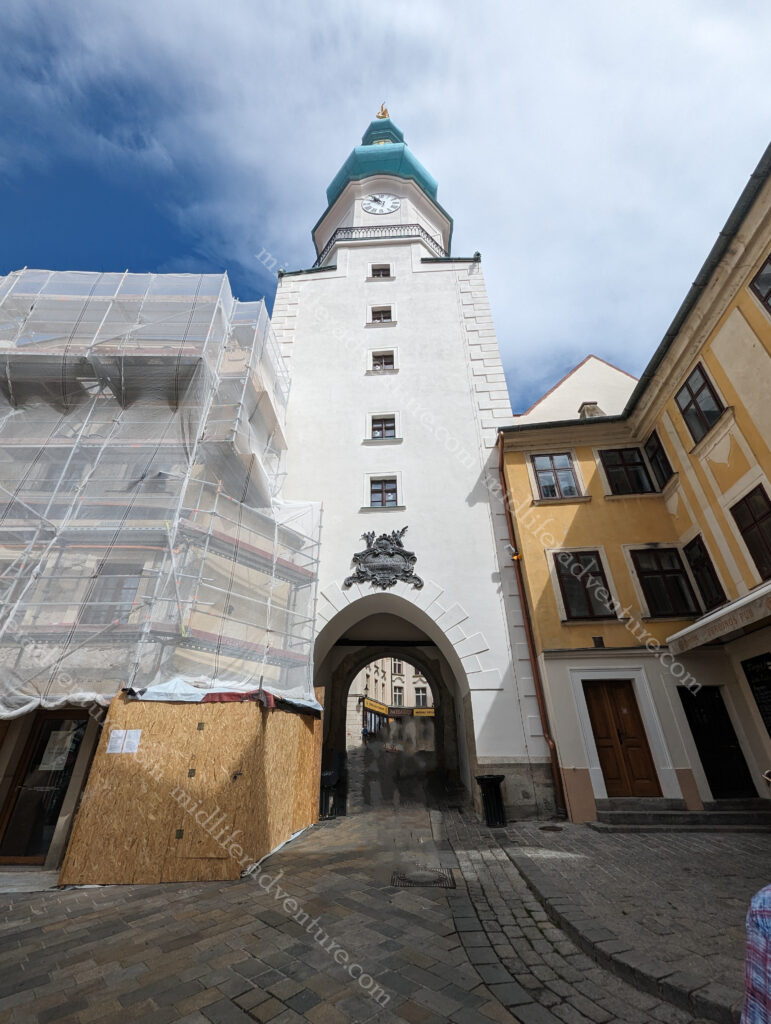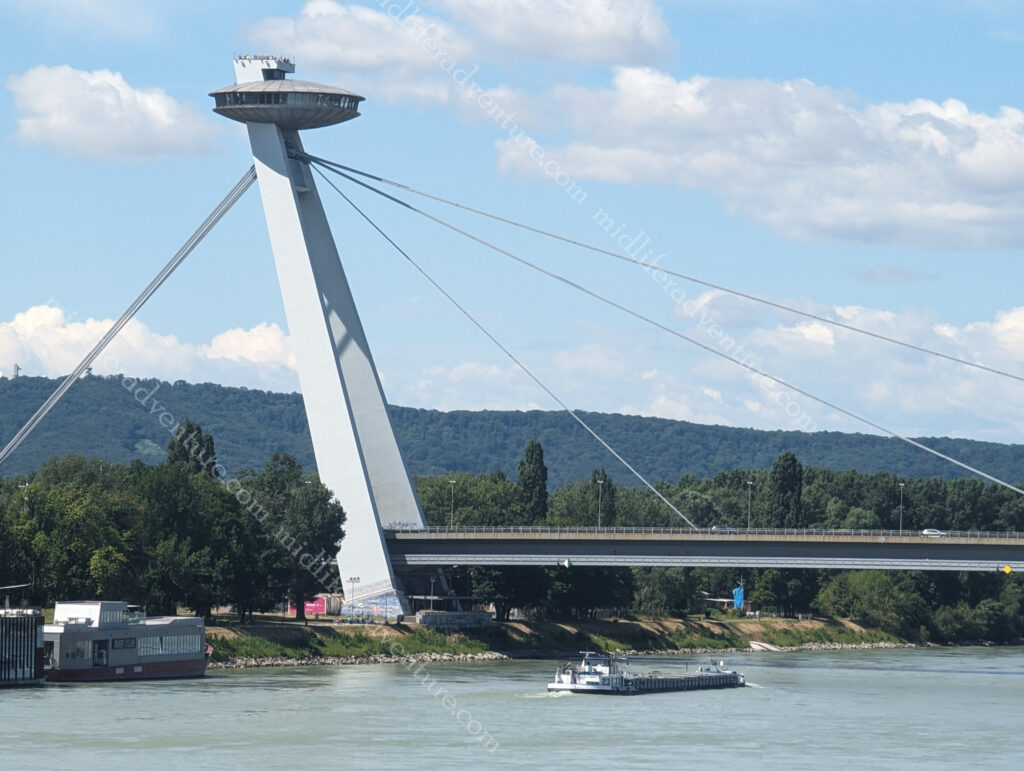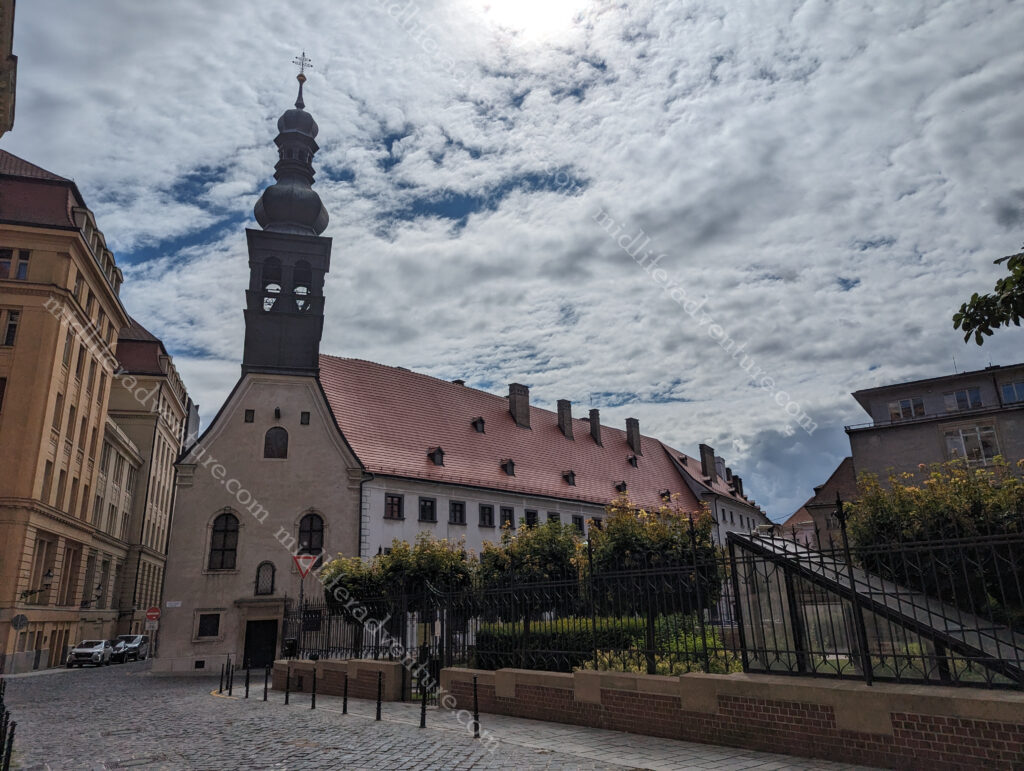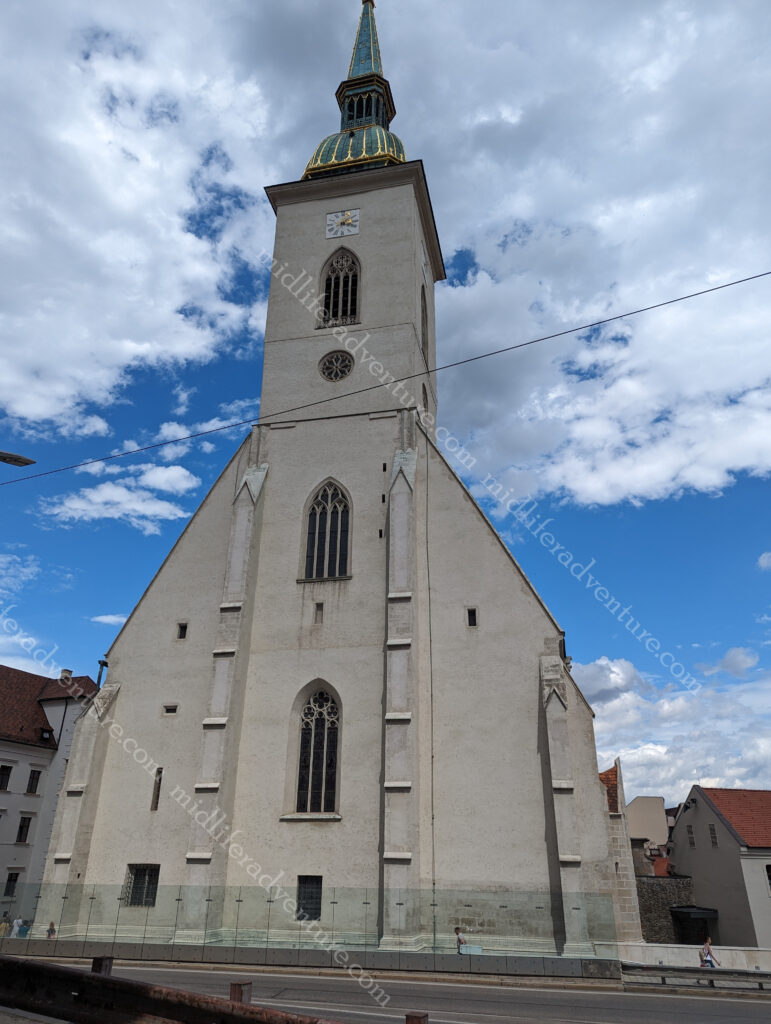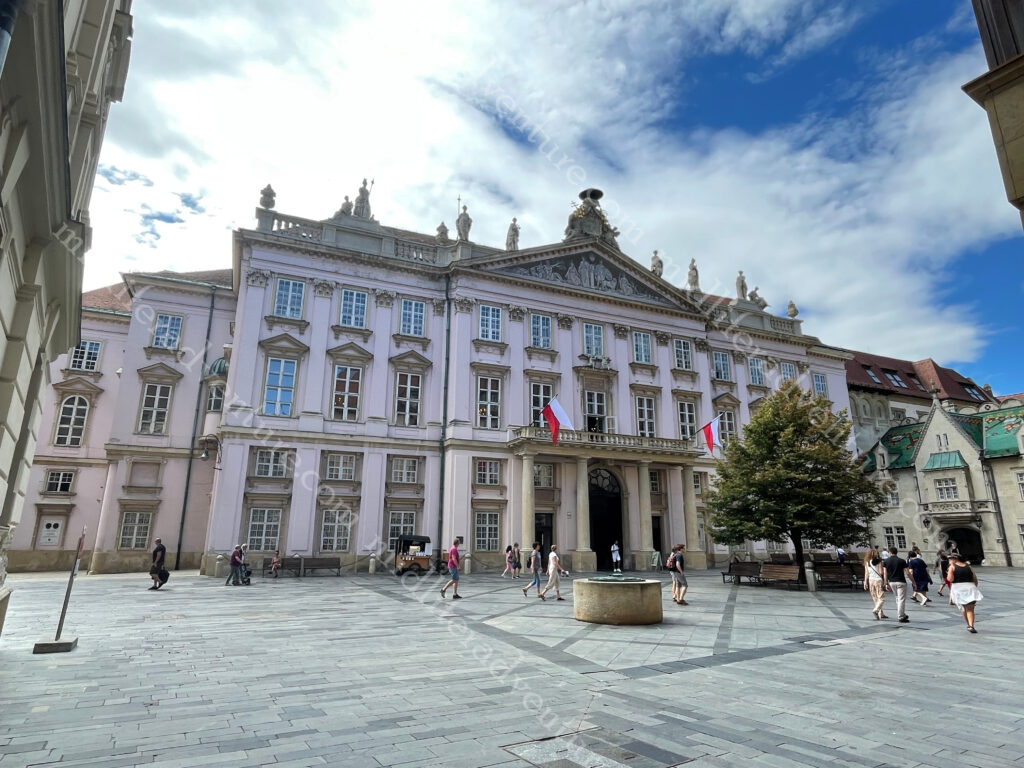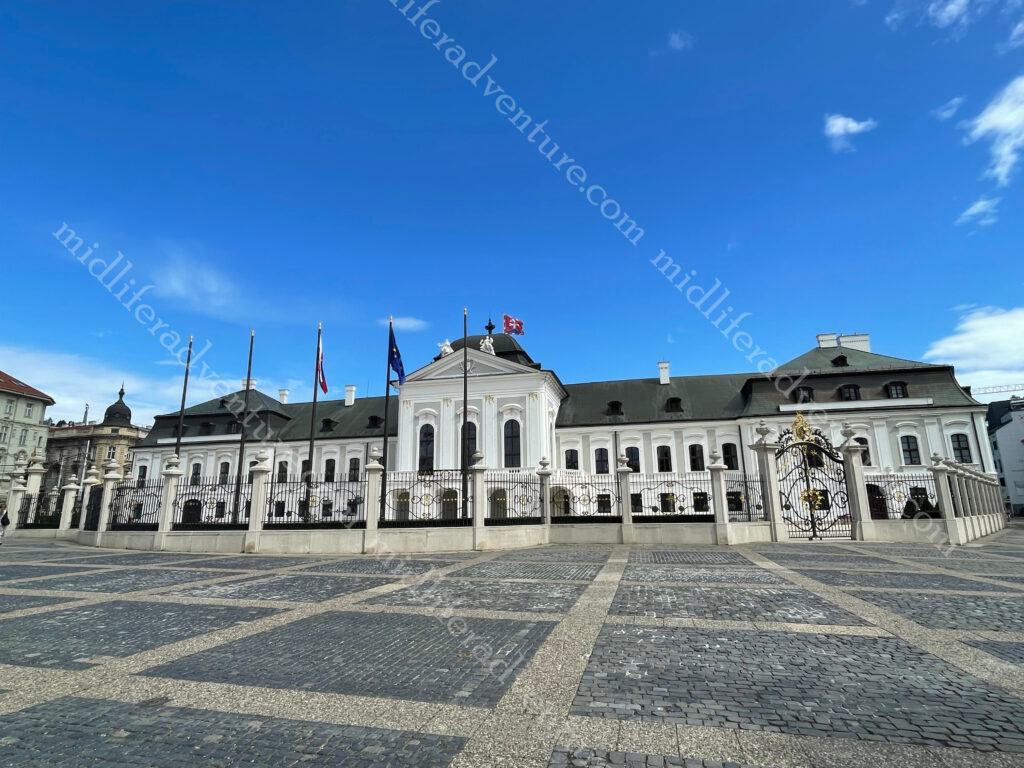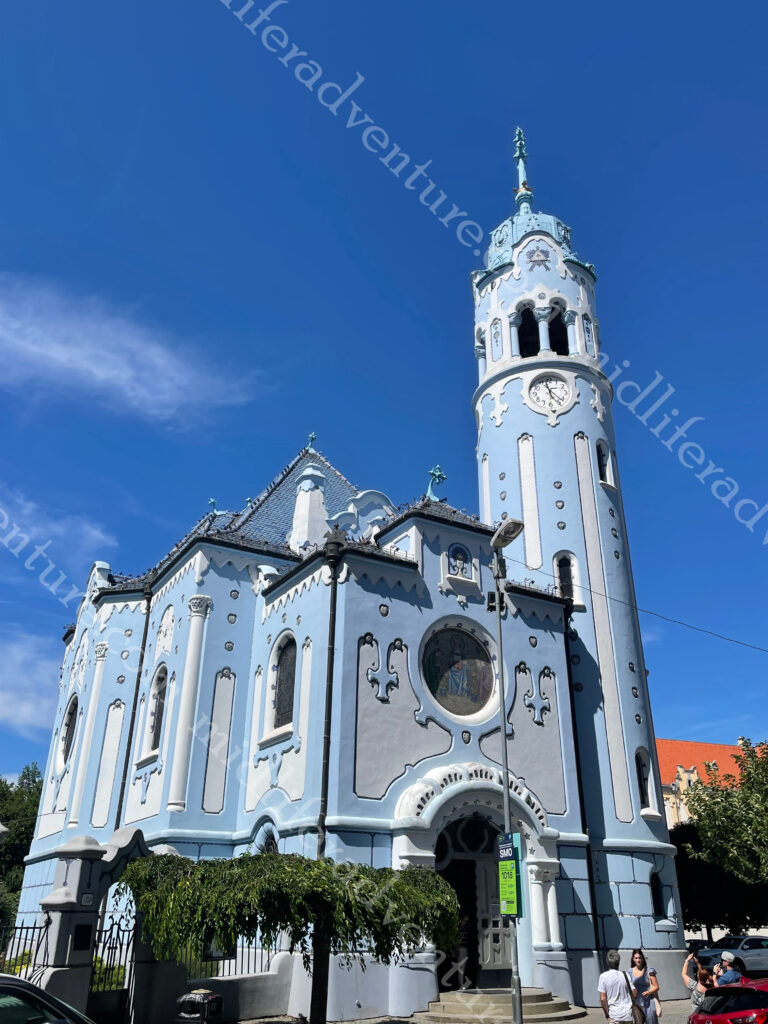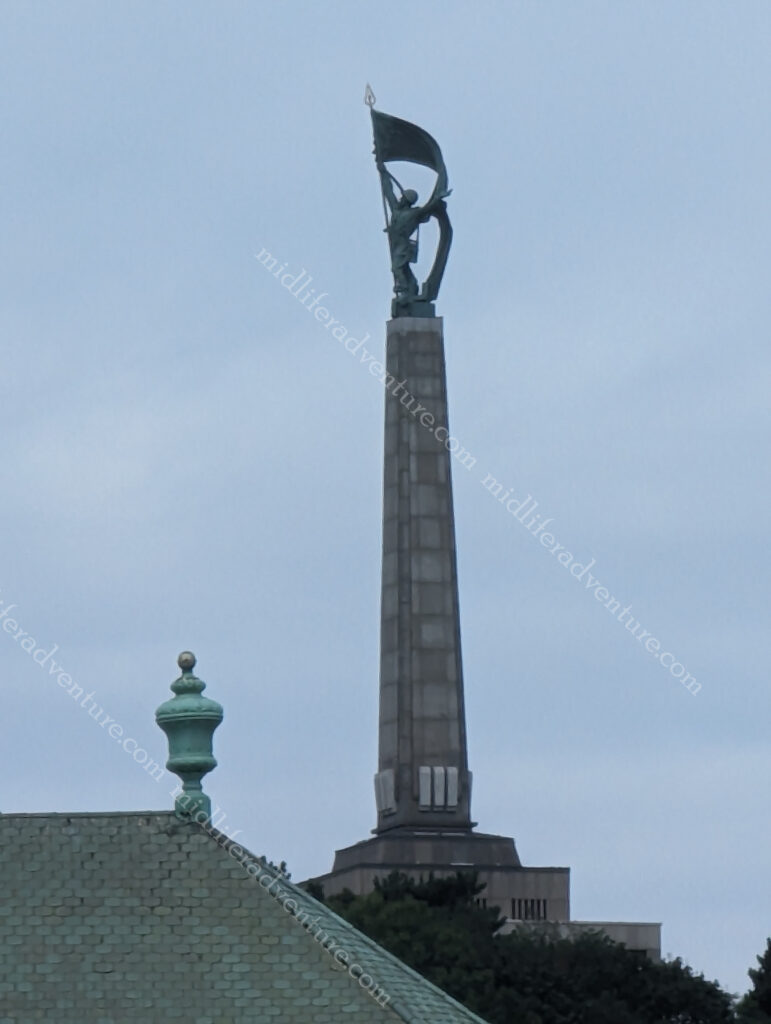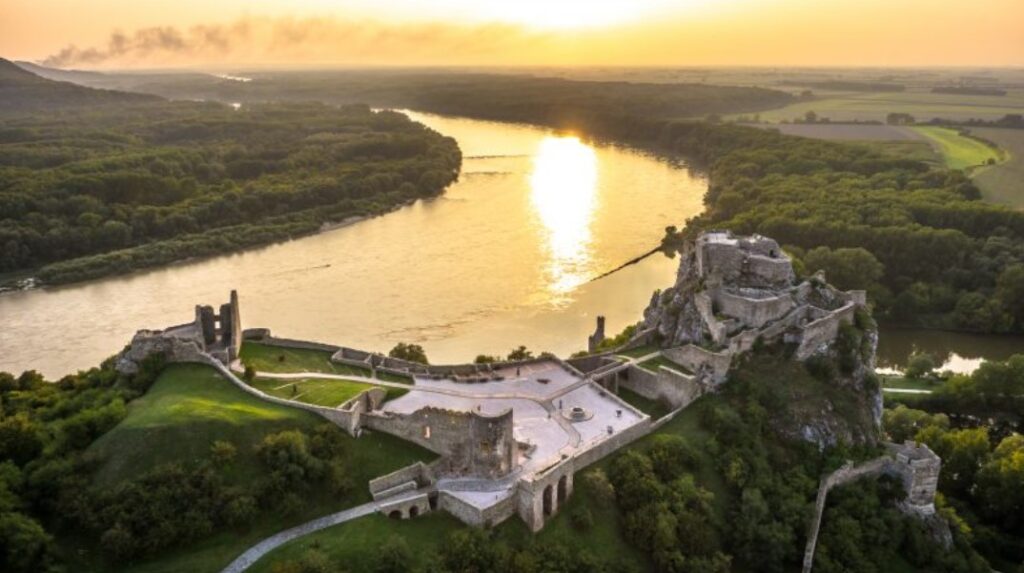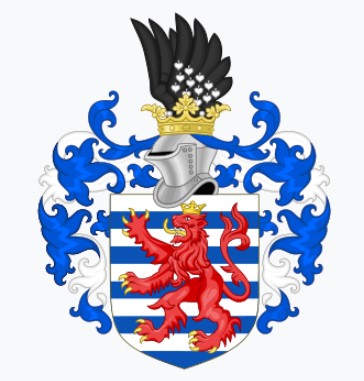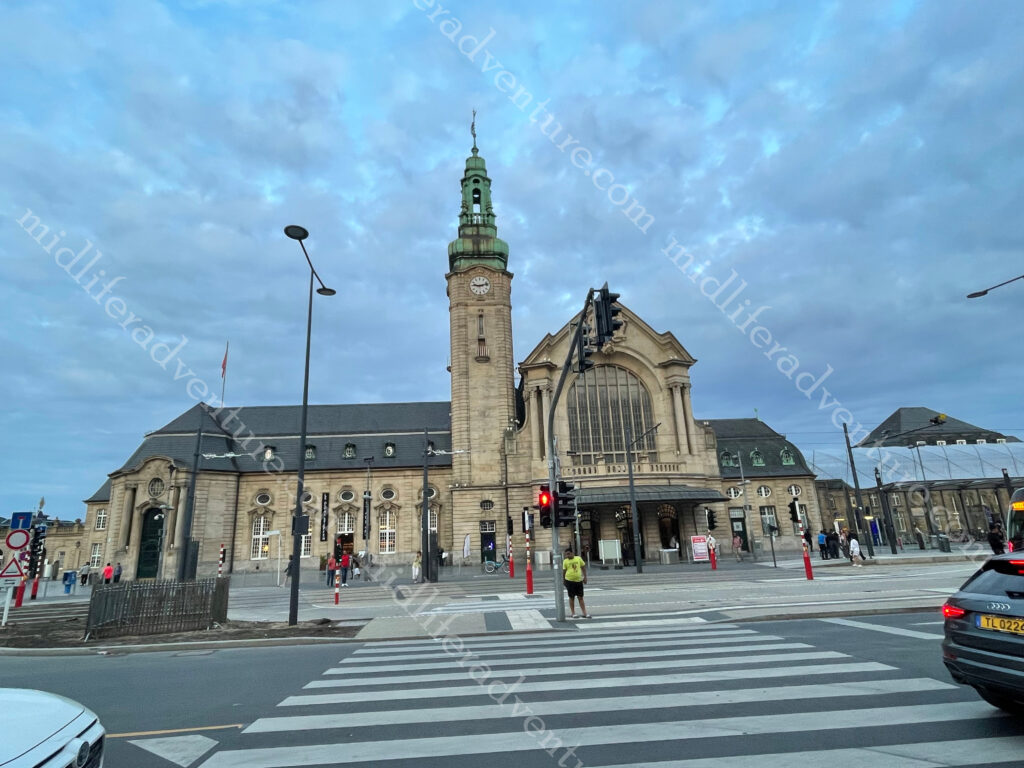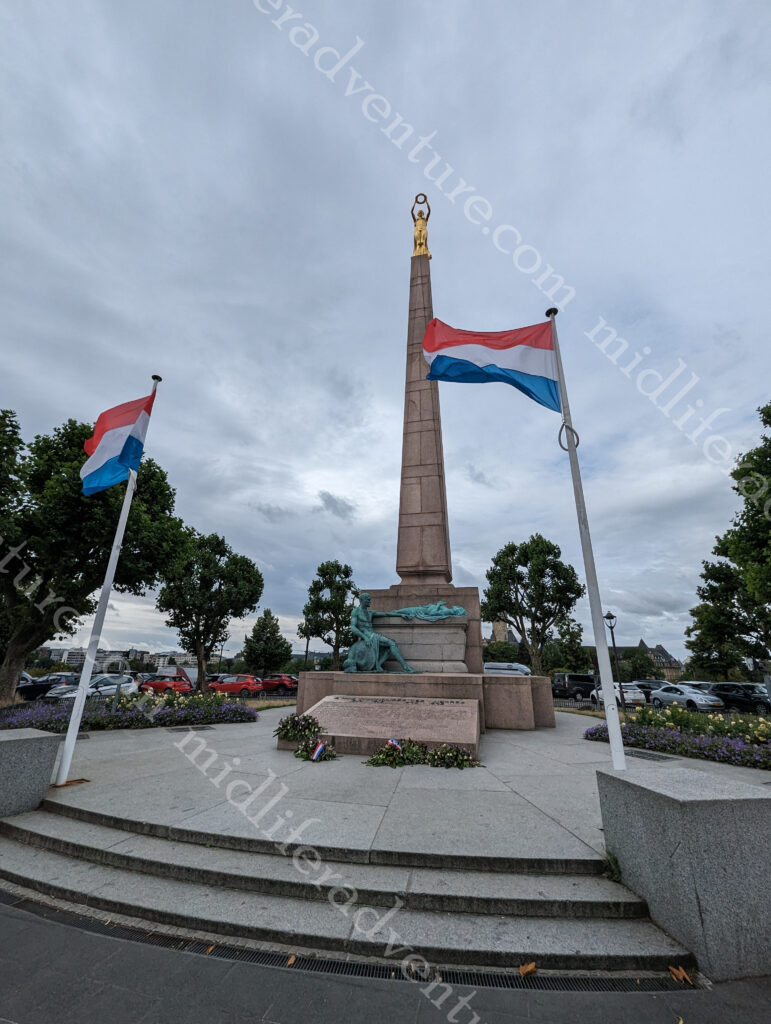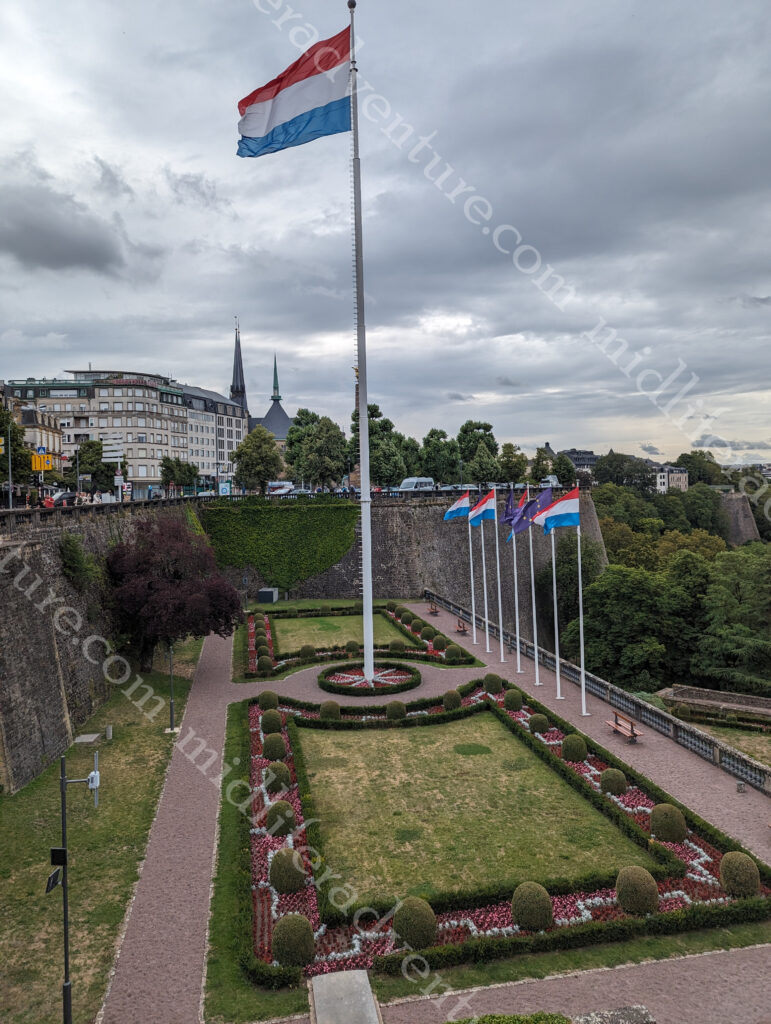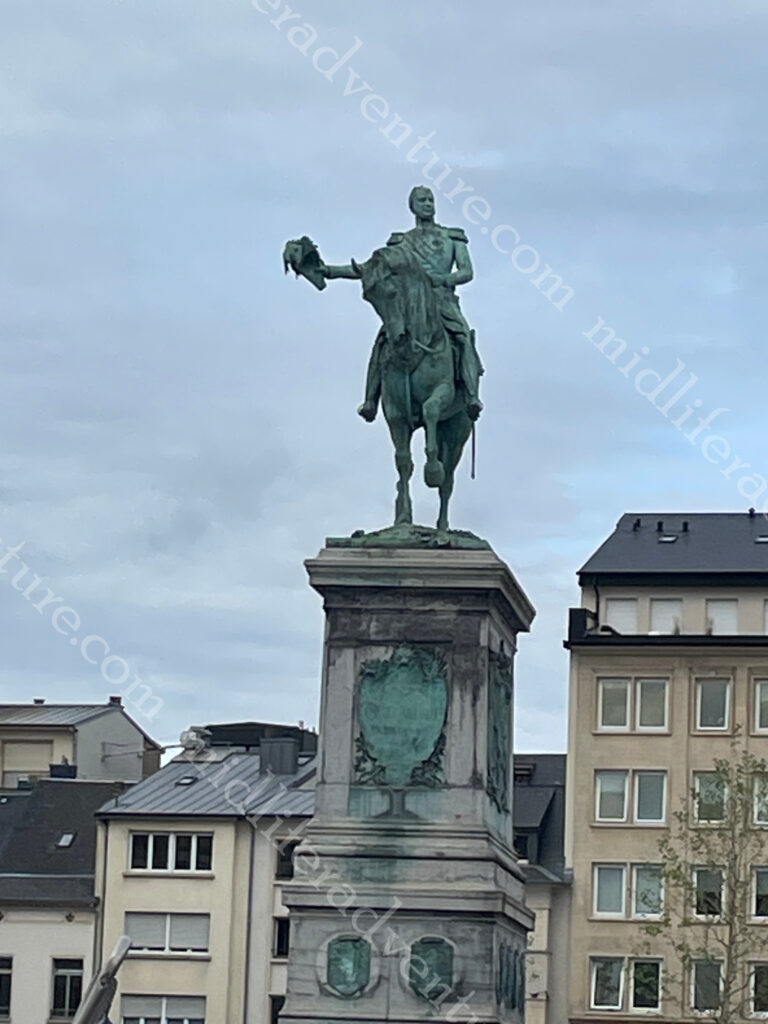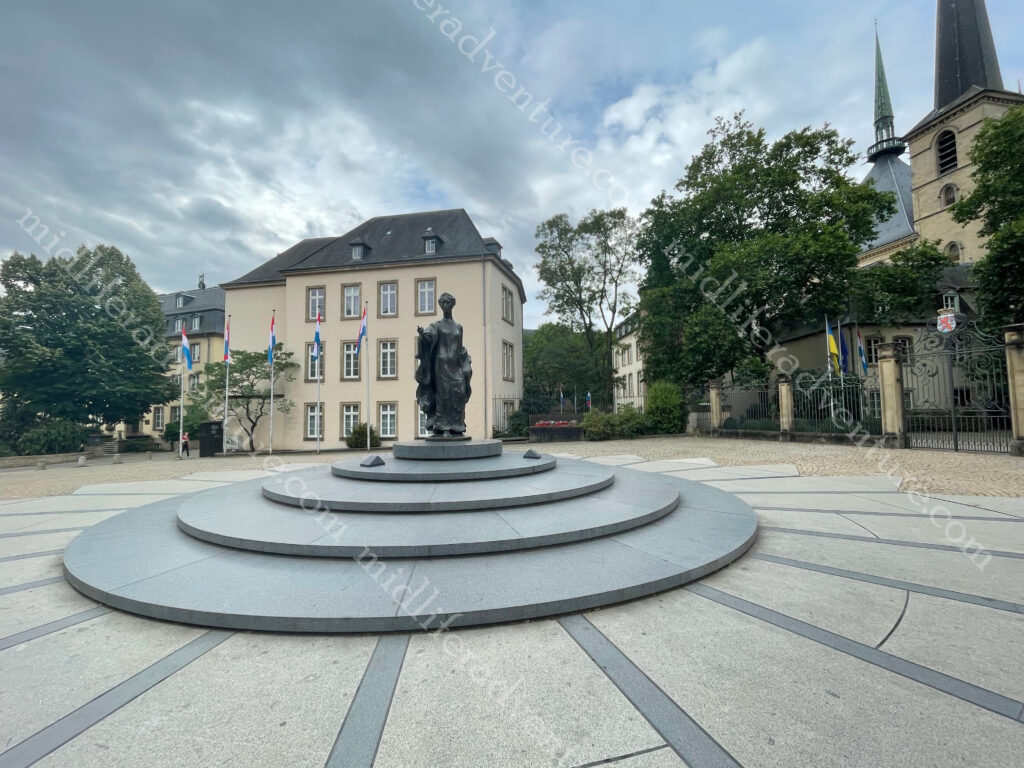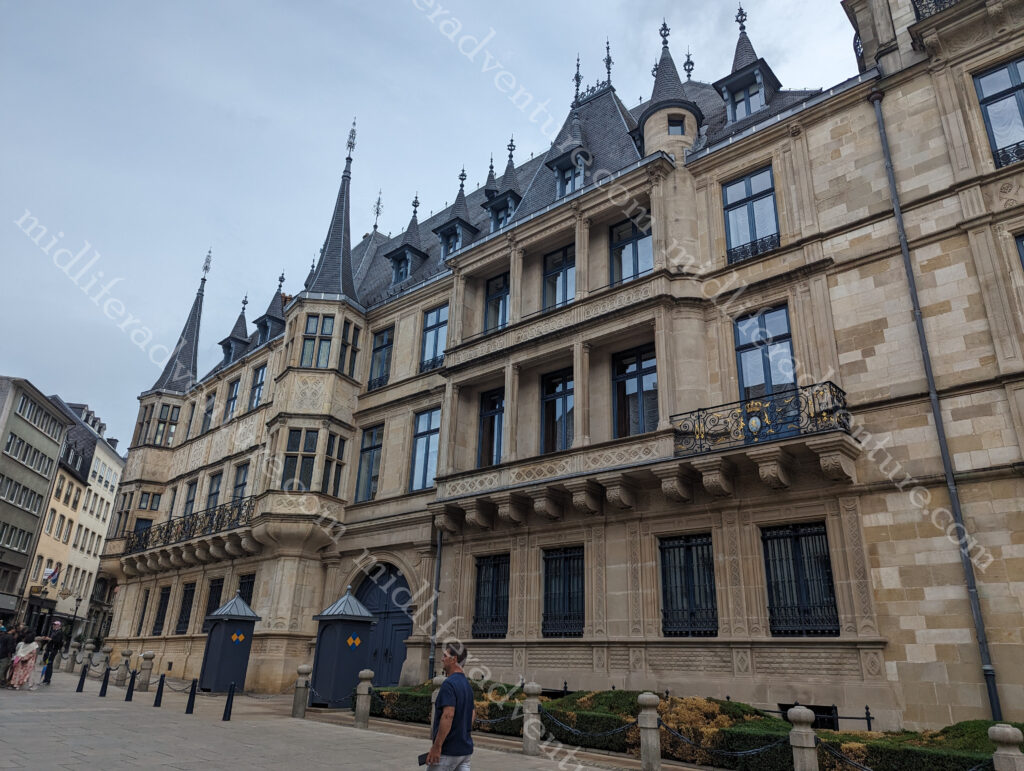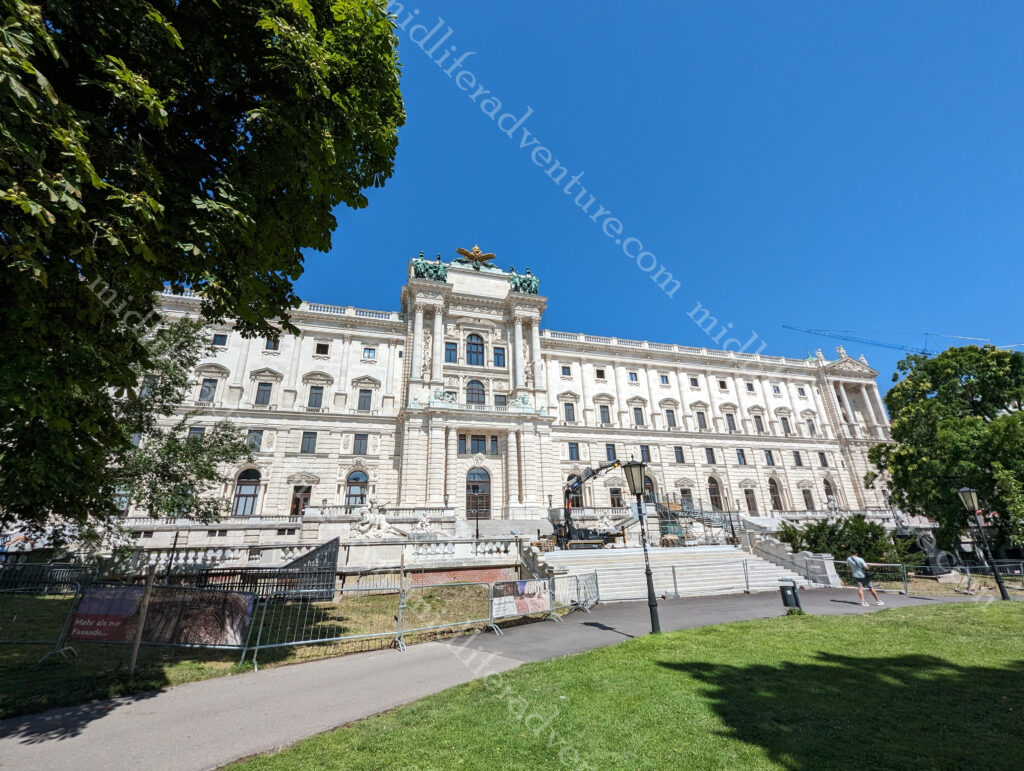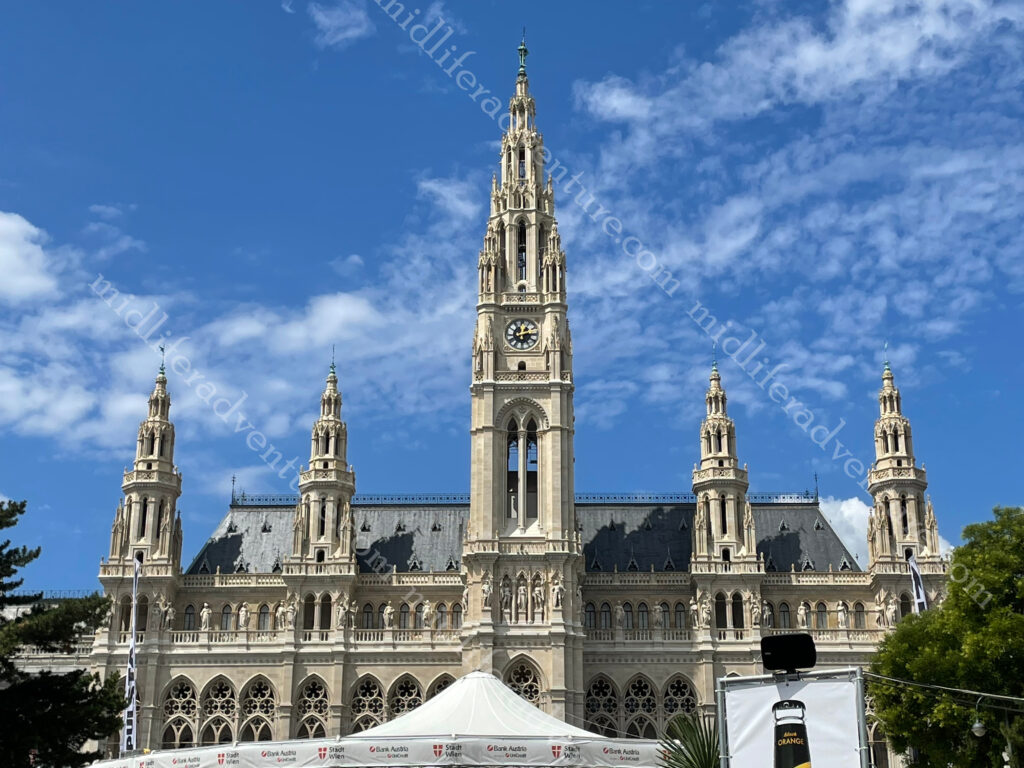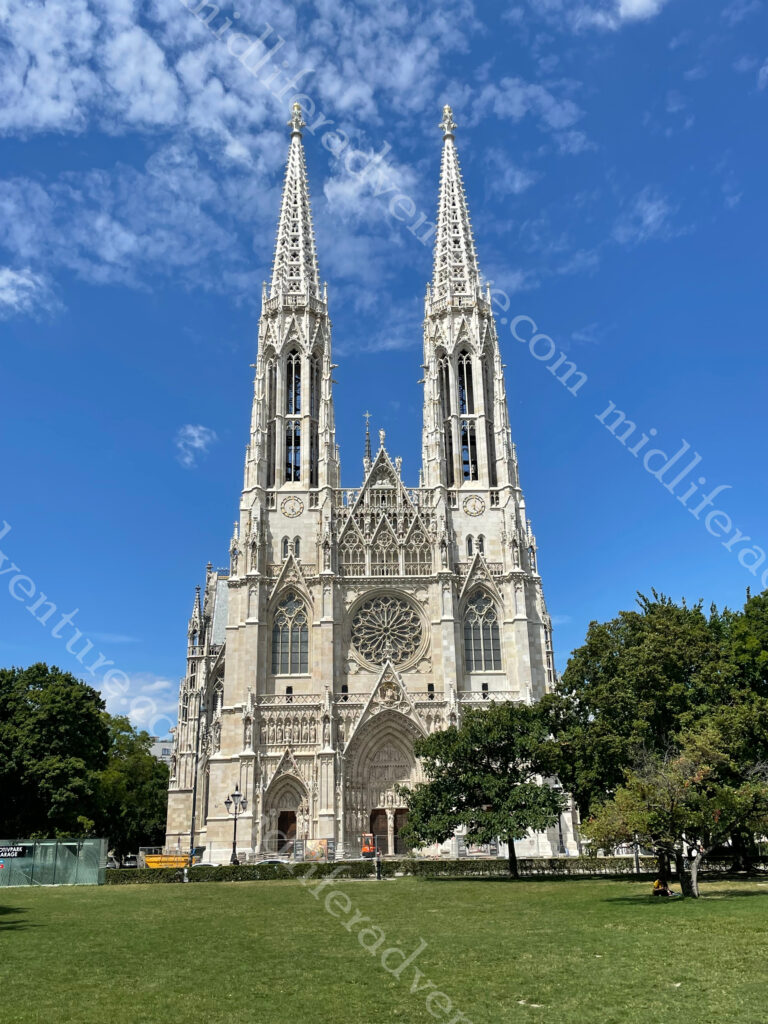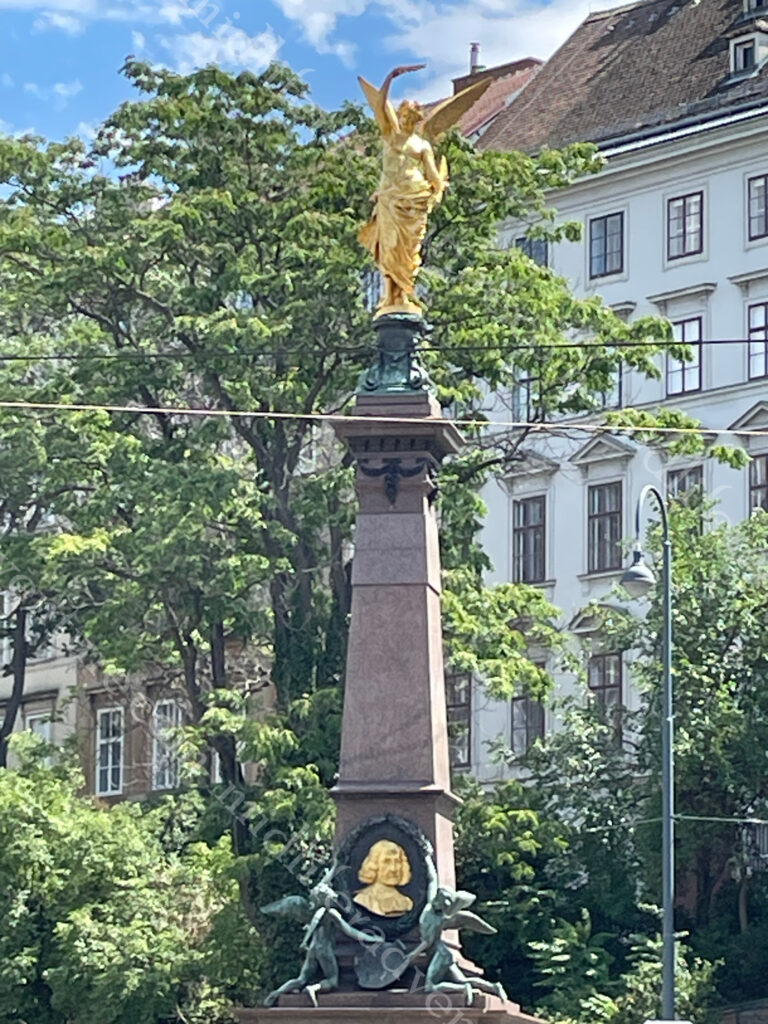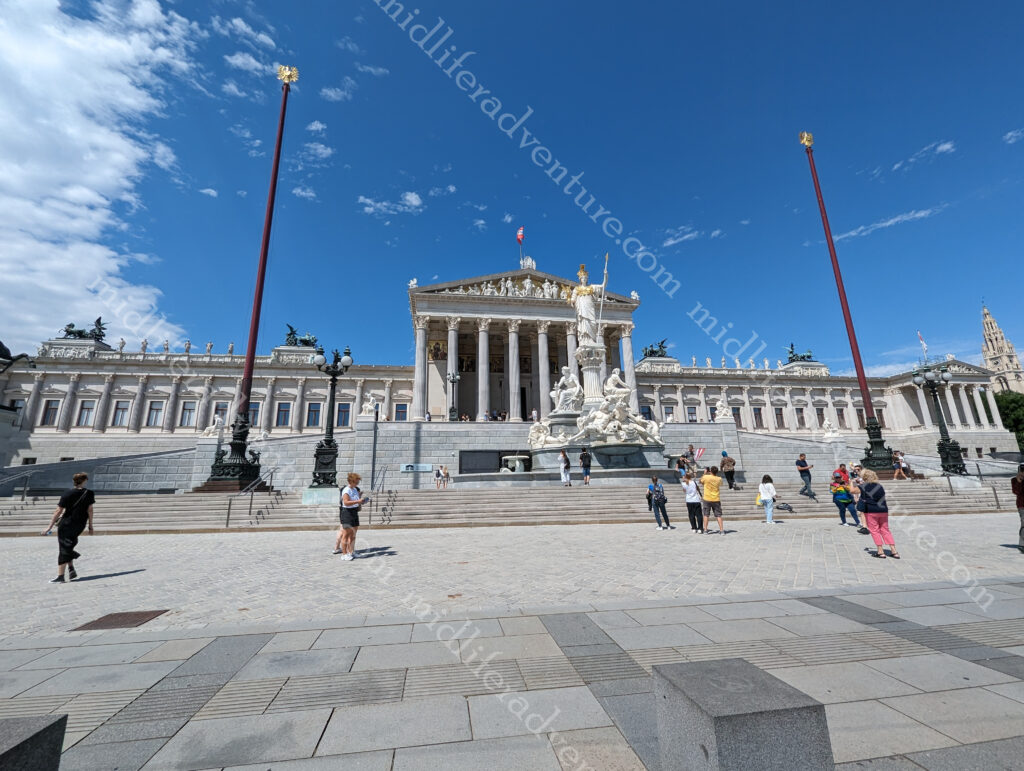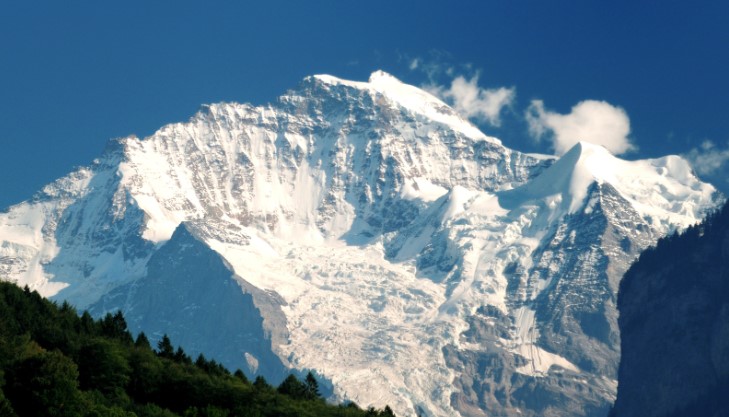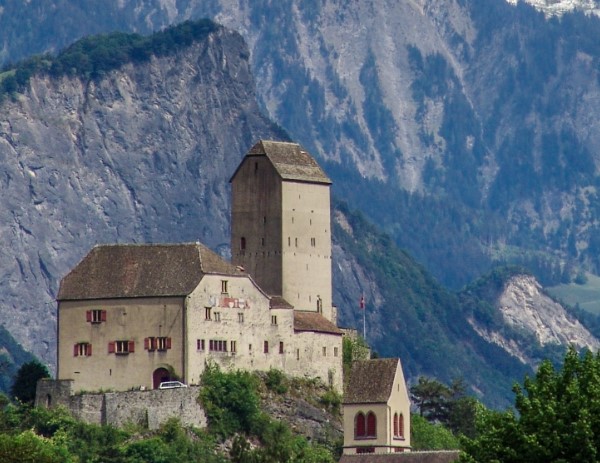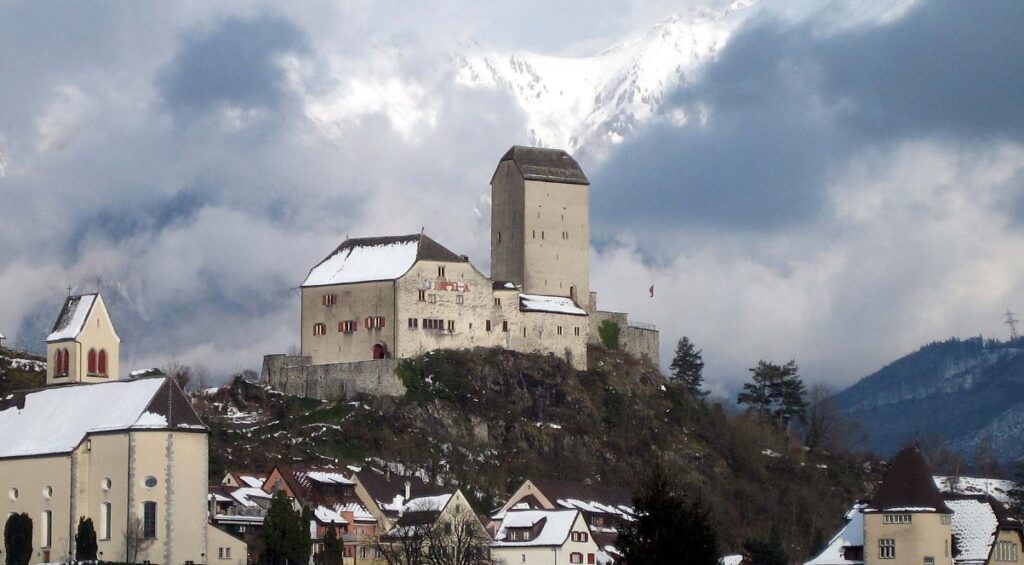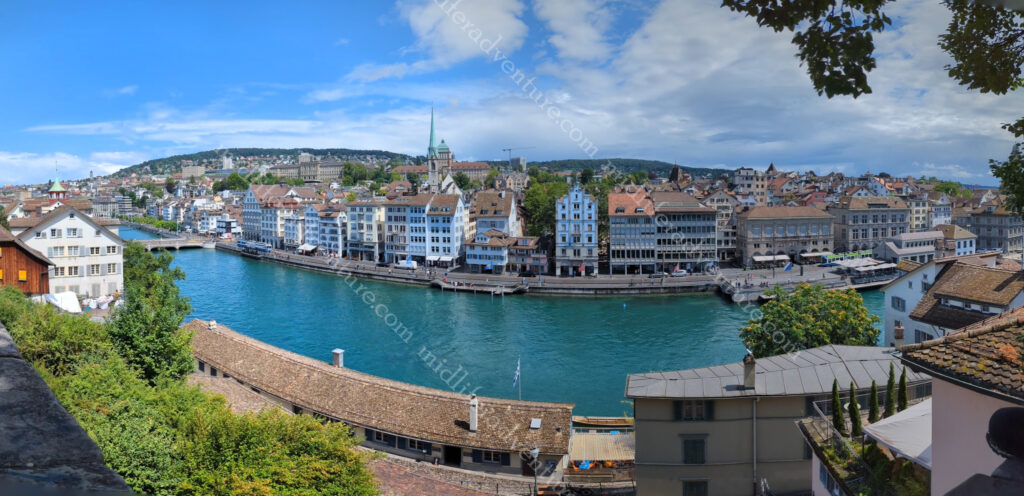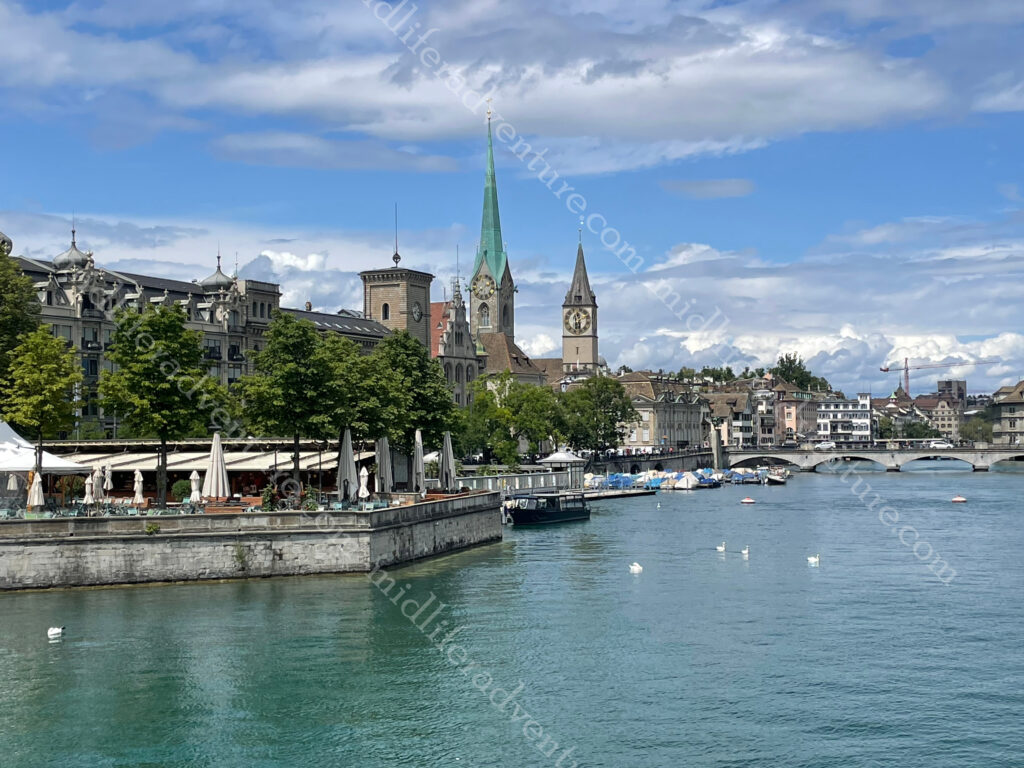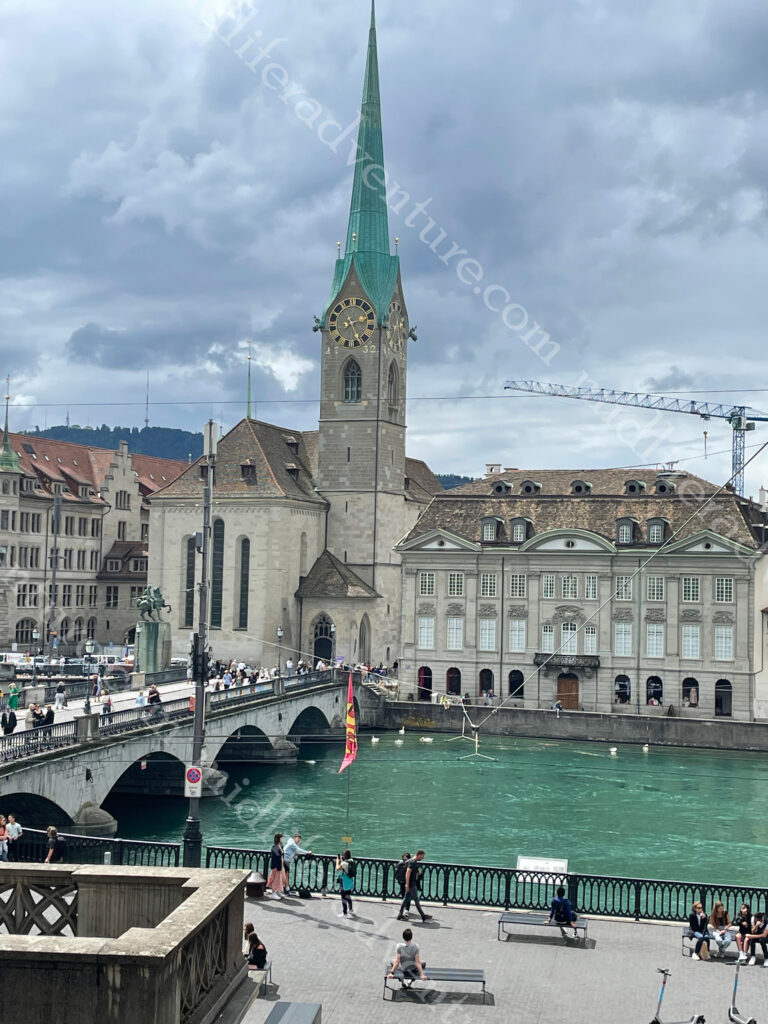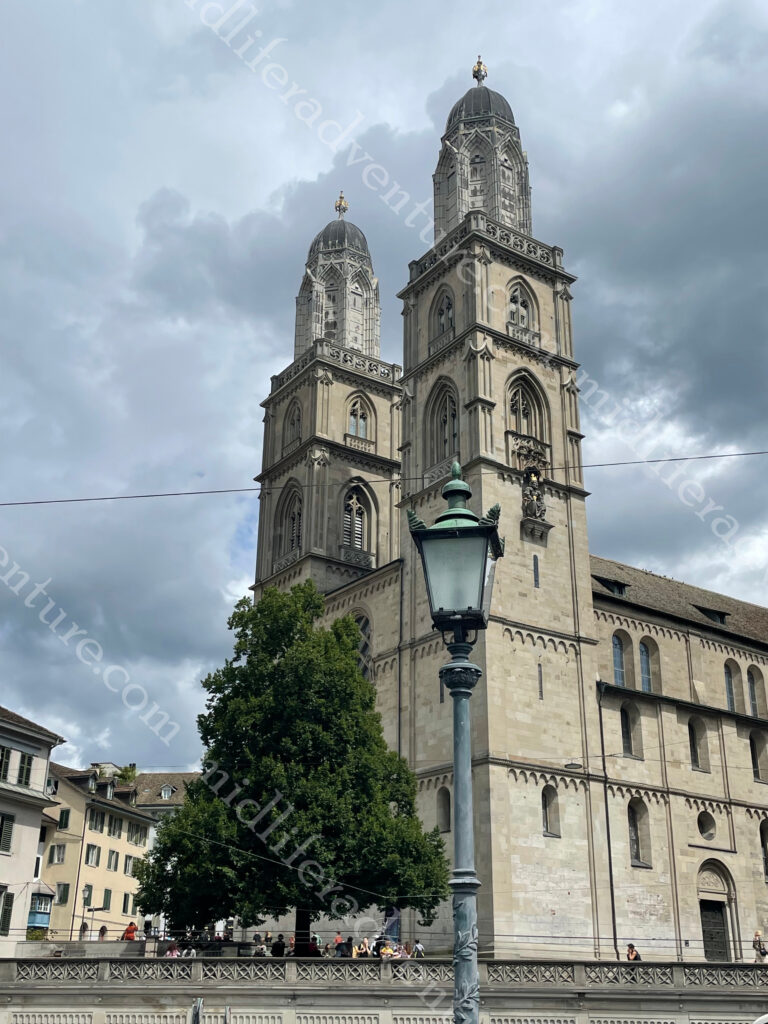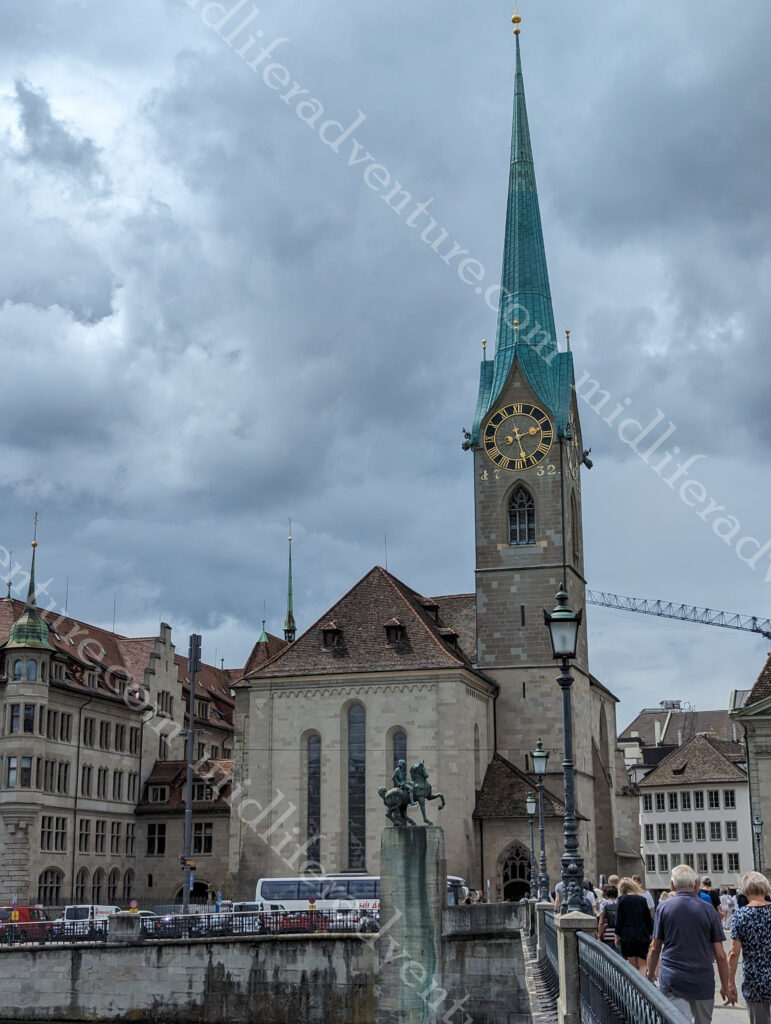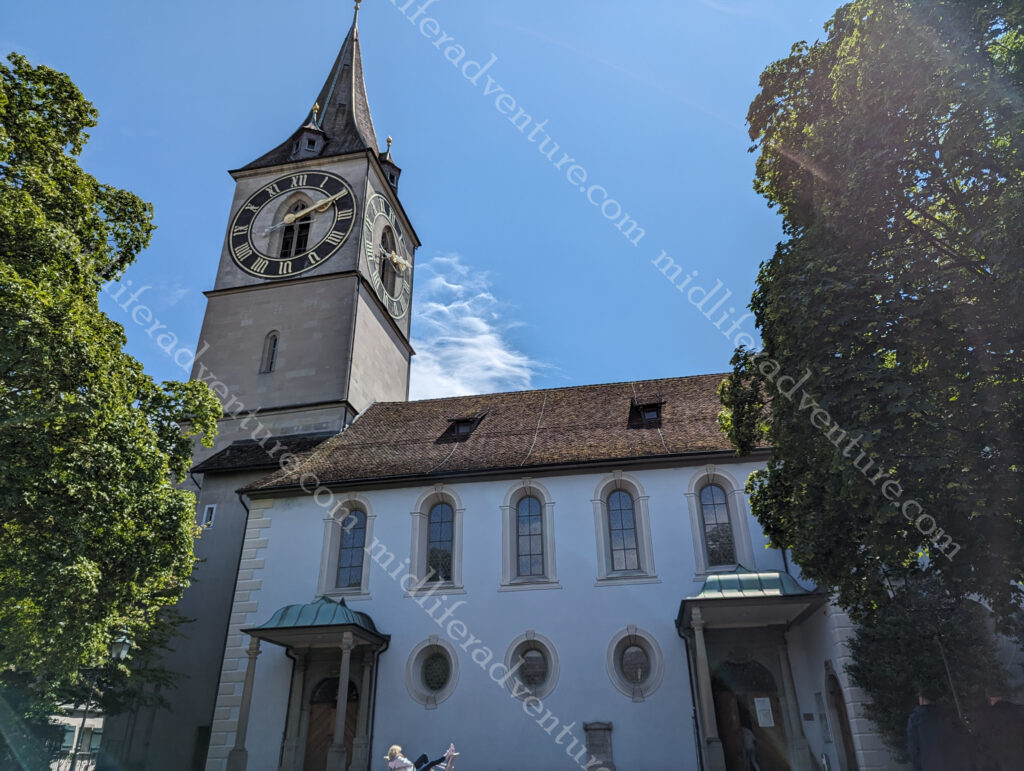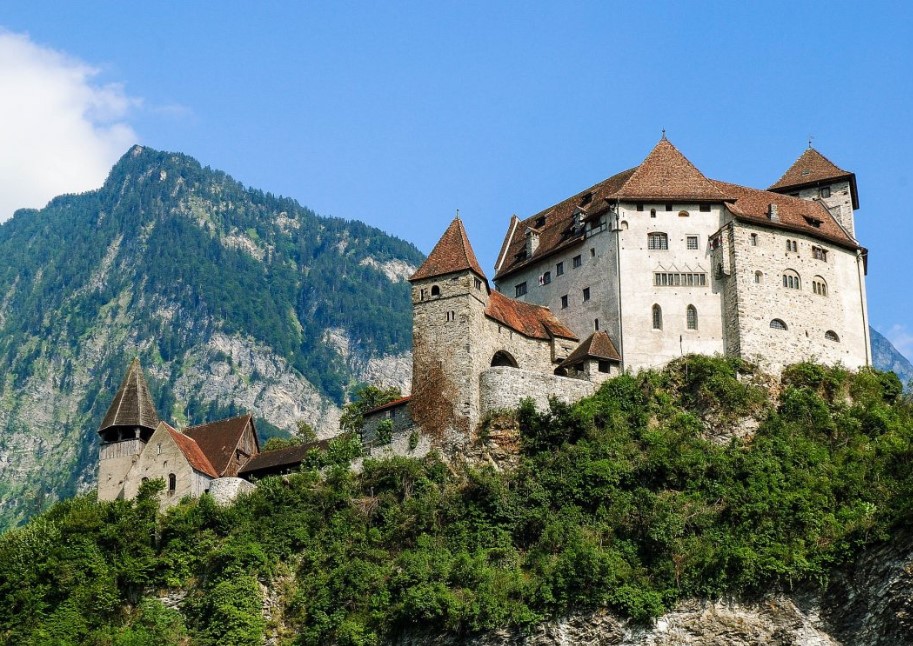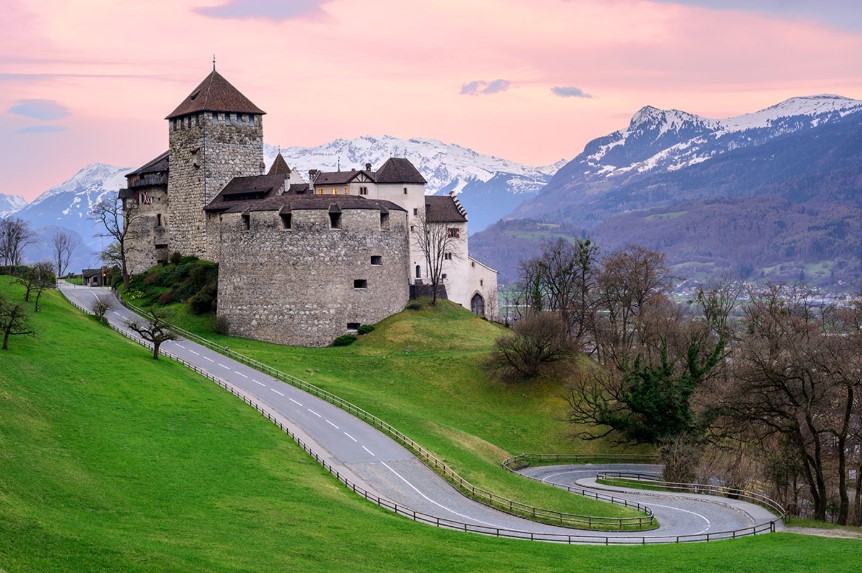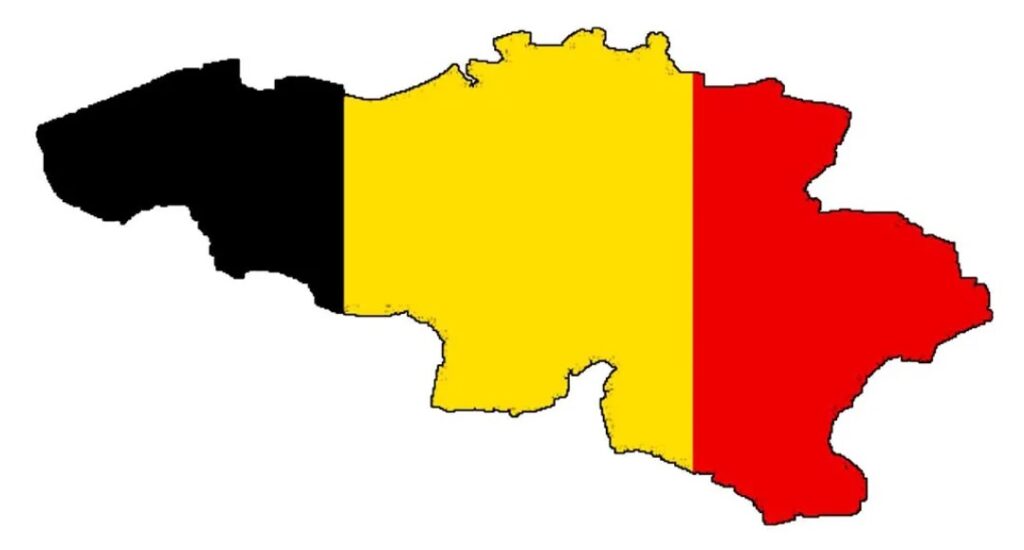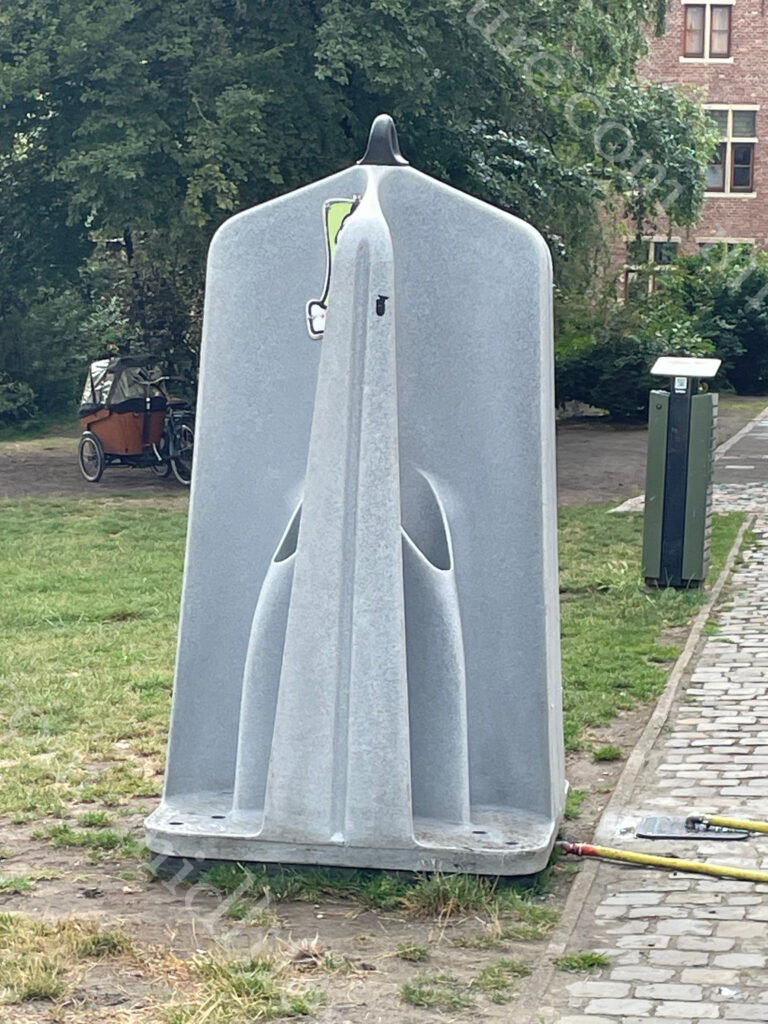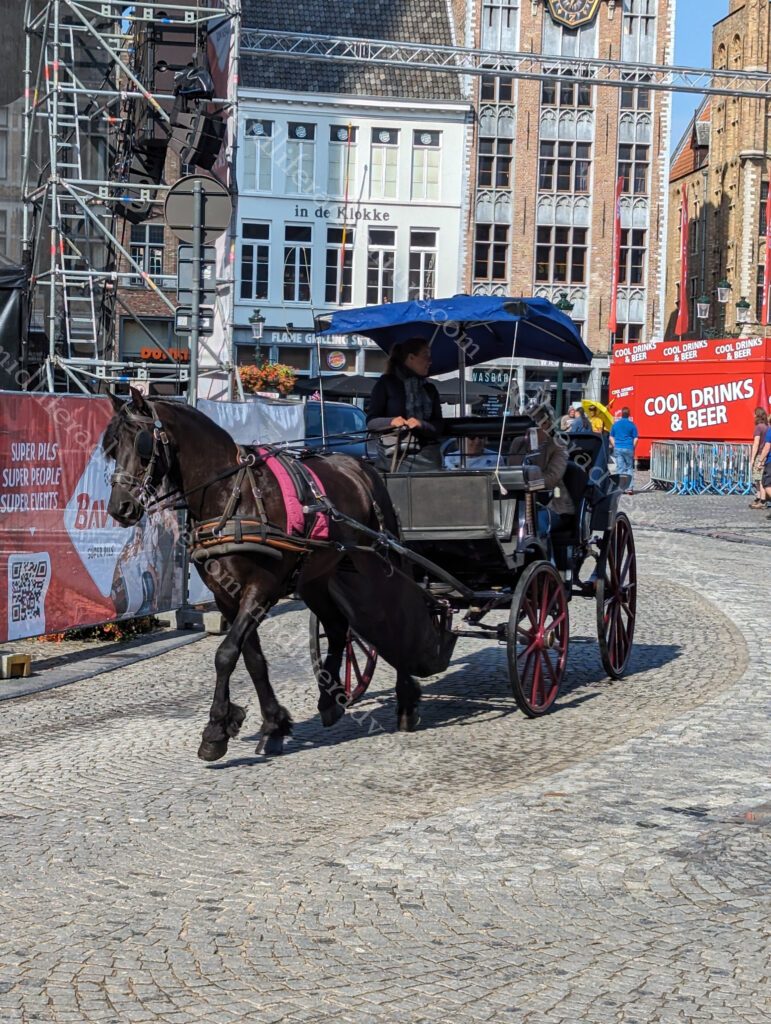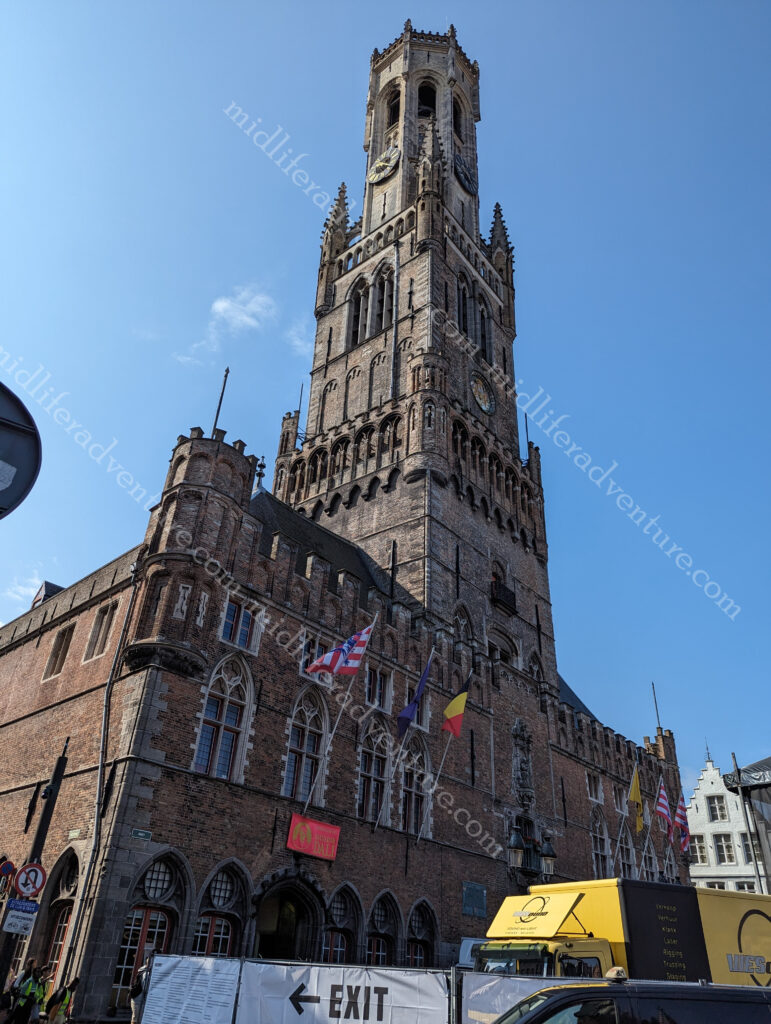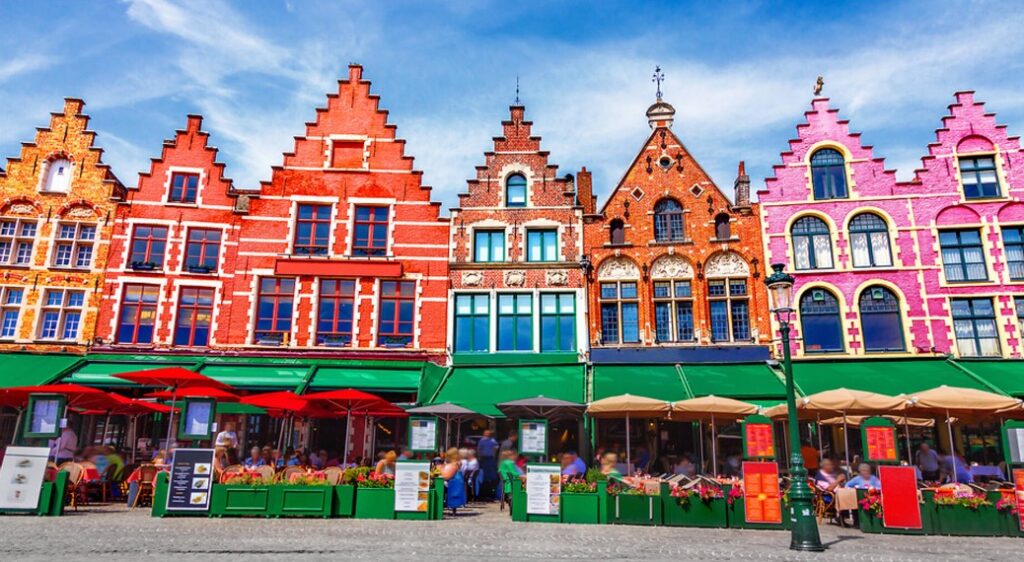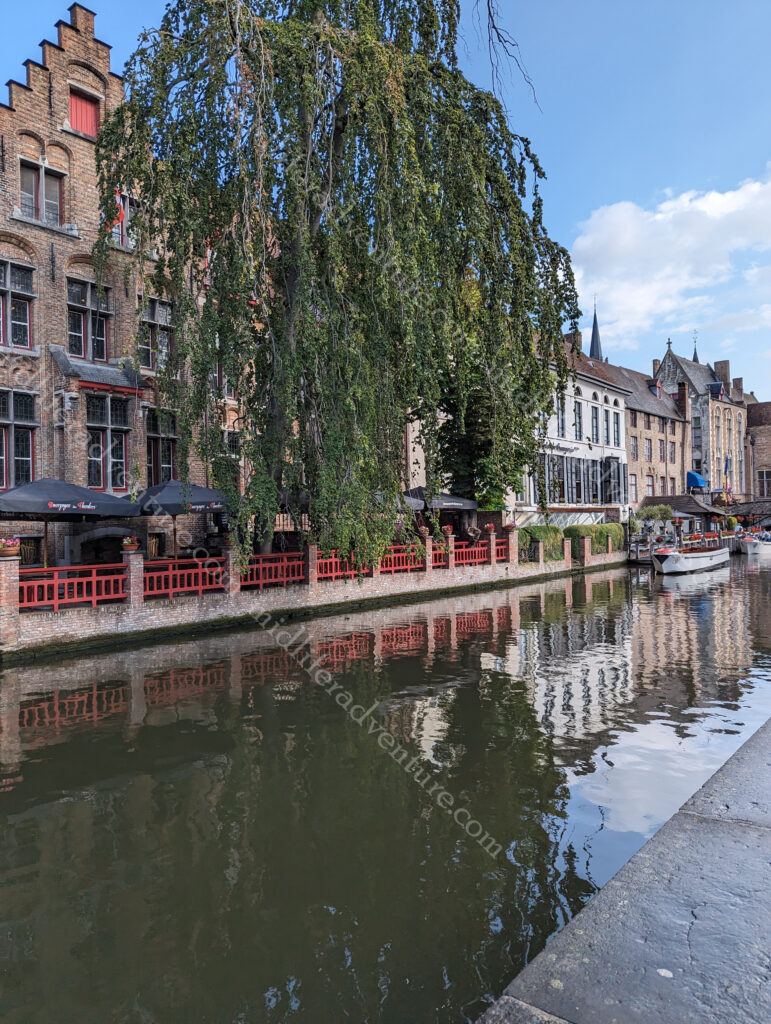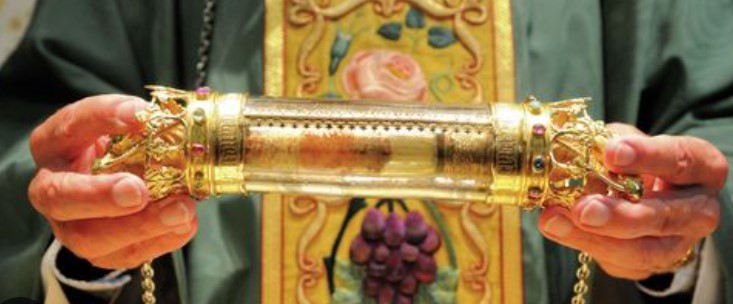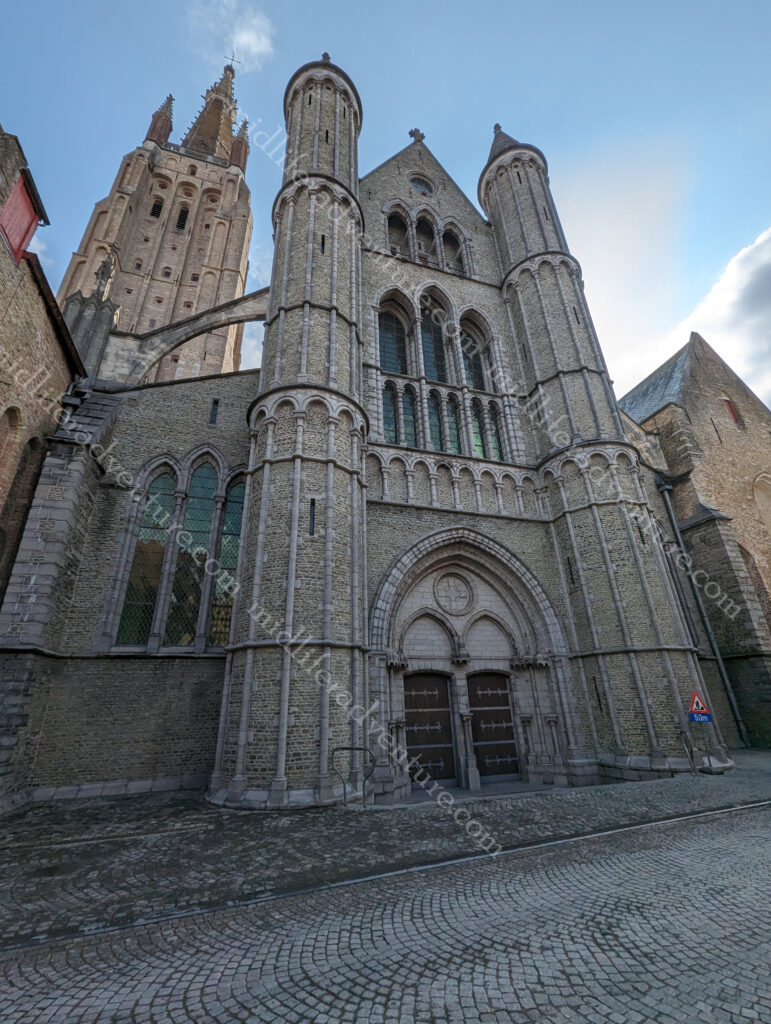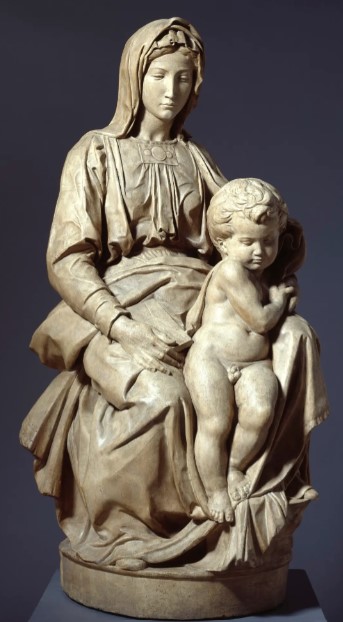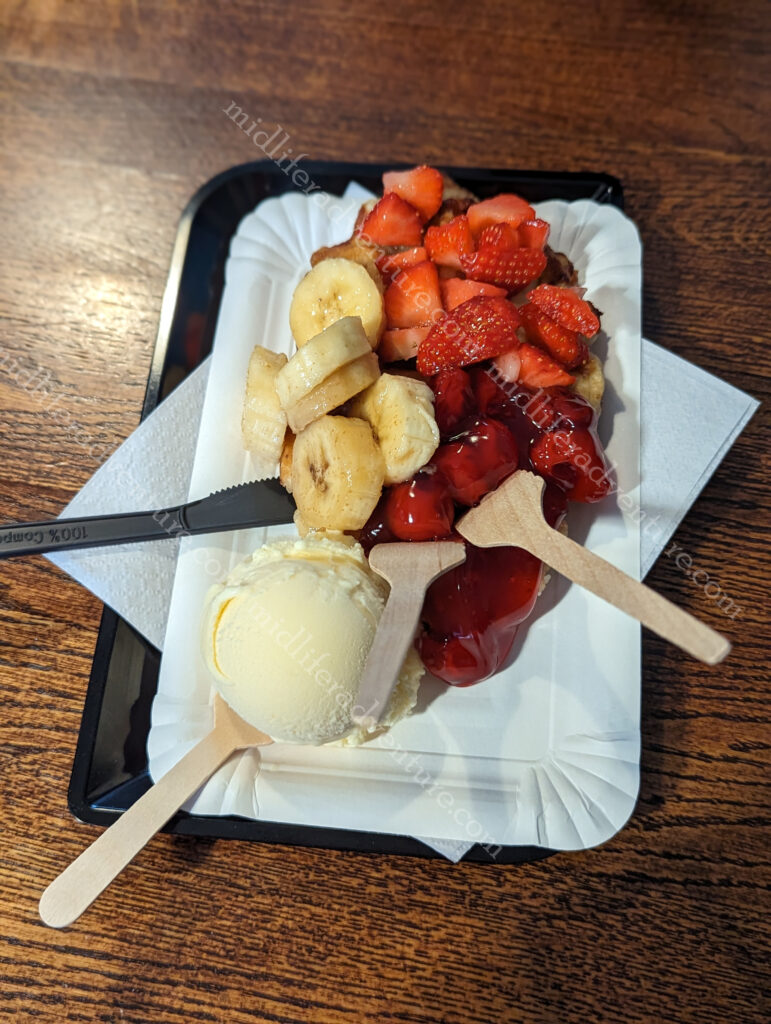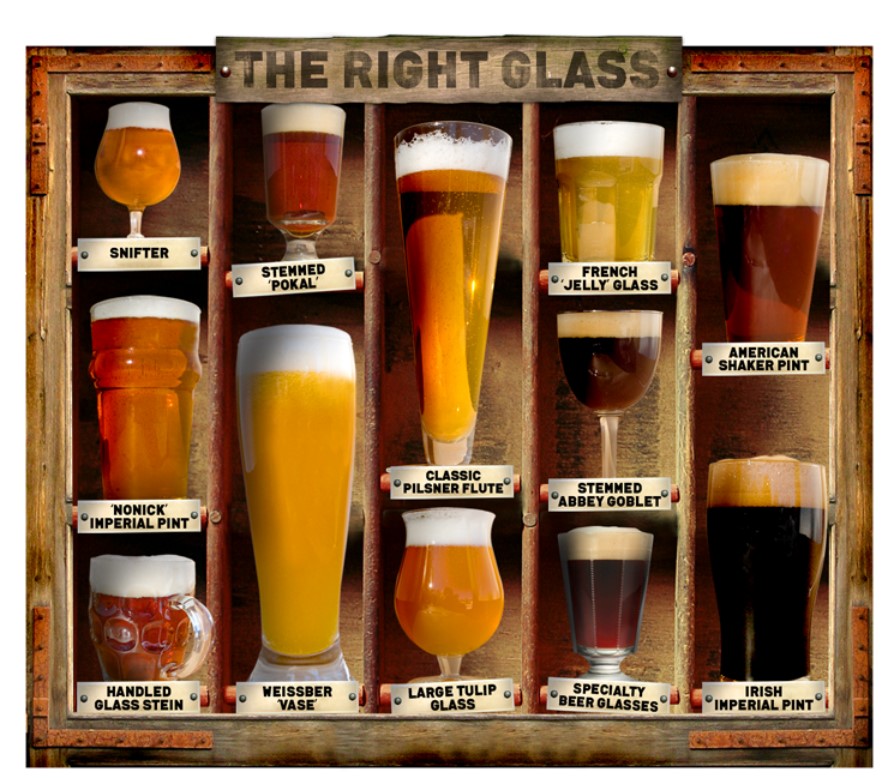Knin

Our journey to Split started with an early morning train from Zagreb. What we did not realise was that we were travelling on the 5th of August, which is a national day of celebration and remembrance. On this day in 1995 the town of Knin was liberated from Serbian forces in a combined military and police operation “Storm”.
In the course of the operation several towns liberated and at exactly noon, a twenty-meter Croatian flag was hoisted at the Knin Fortress. After 84 hours, Knin and additional 11,000 square kilometers of occupied territory were freed. The Croatian Army and Police forces liberated area up to the internationally recognized border between Croatia and Bosnia and Herzegovina.



From 1996 till today this day has been marked as a public holiday that is now called Victory and Homeland Thanksgiving Day and the Day of Croatian Defenders.
And we were belting past and briefly stopping on the train. The first sign was a bunch of military uniforms and checkpoints. The next was monster tanks and rocket launchers. A look up the hill showed the fortress and what appeared to be quite a lot of commotion, which at the time we were oblivious to.
Split
We arrived in split mid afternoon and immediately descended into a nightmare. The train station, bus station and tourist docks were all in one very tiny spot of land and there were bodies and vehicles going in every direction. It was bedlam.
Thankfully our hotel was only about half a kilometre away (up the hill) and was near Bacvice Beach (the main tourist beach in town). As it was the national holiday, most of what was available was closed.
Split is the second-largest city of Croatia after the capital Zagreb, the largest city in the region of Dalmatia and the largest city on the Croatian coast. It lies on the eastern shore of the Adriatic Sea and is spread over a central peninsula.
The most important thing to know is that there are three Splits.
The first is Land Split – which is full of old buildings, castles and palaces along with Game of Thrones (GoT) filming locations.


The second Split is Water Split which takes in stunning water locations such as the blue cave, blue lagoon, shipwrecks.
Unfortunately this also runs into the third Split, Party Split.
A ton of 18-20 somethings are being fed unlimited fixed price drink packages in a sunny and decadent location. This is a recipe for disaster. I’m sure in my 20’s I would have loved it.
Sadly, third Split necessitates the printing and signposting of this photo.
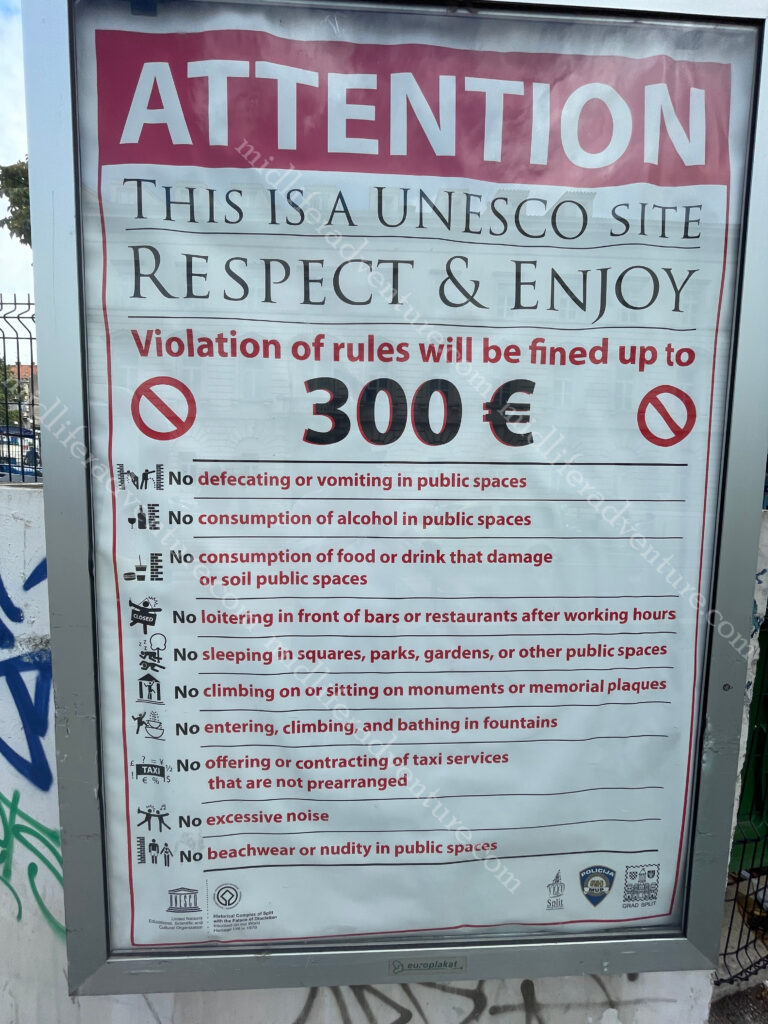




The main show in town is the Diocletian’s Palace. The ruins of the Roman Emperor Diocletian’s palace date back to the late 3rd to early 4th century A.D. This isn’t just a palace or a ruin, rather it has been consumed by and now constitutes the entire old town centre. The ancient walls, gates and columns ring the palace but over the period (1700 years or so) the Renaissance houses, palaces, cobbled streets and squares all grew within the space that was once the palace.









The Cathedral of Saint Domnius was built in the 4th century and is known locally as the Sveti Dujam. Strictly the church is dedicated to the Virgin Mary, and the bell tower to Saint Domnius. Together they form the Cathedral of St. Domnius. It was consecrated at the turn of the 7th century AD, is regarded as the oldest Catholic cathedral in the world that remains in use in its original structure. The structure itself was built in AD 3.



In the Palace is a Game of Thrones Museum that allows fans to step inside Meereen and the GoT more broadly. The museum has some original artifacts, props, costumes, actual size figures, weapons, city dioramas, sets and more.






Froggyland – well, let’s just let the pictures speak for themselves.






About 14 kilometres out of town you can find the Klis Fortress perched in the mountain pass between Mosor and Kozjak. Getting here was a simple 20 minute bus ride on the local transport for the princely sum of three euros.
The fortress has a history going back more than 2000 years, beginning with the Illyrian tribe called Dalmatae that used it as a stronghold before it was taken by the Romans. After the fall of the Roman Empire, the site became a seat for several Croatian kings. And of course, the fortress was used as a GoT film set.












Jill even found herself in her own drama with an overly entitled Instagrammer. We were appalled to hear this whiny nasal voice telling everybody to move as she was trying to take a “real photo”.
As soon as the path cleared a bit another person would step into the shot (it is a pretty popular place) causing another round of whining. I made sure to step in and get my photos and Jill stepped in a short while later to get hers, ensuring to take her time. When the girl tried to pull Jill on, she responded that we had all paid the same amount of money and were all able to get our photographs and that she was not going to pander to her sense of entitlement.
This was met by giggles from those around and prompted a steadily annoying stream of people standing exactly where she was trying to clear. The worst thing about all of this, the whiny, nasal voice was accompanied by an overtly Australian accent. I am hoping that this is not the future touring reputation that Australians will get.
Back to town to see the remainder of the Palace and old town and then back to our accommodation to prepare for the next leg through to Dubrovnik.








The next day we had hours to kill while we waited for the bus trip that we had been dreading for a while now. The further east you go in Europe, the shittier things get. The organisation and schedule of Germany falls by the wayside and is replaced with increasingly half-assed versions. The trains go from fast, comfortable transports through to old diesel clunkers. And eventually the trains disappear all together and bus transfers are all that is left.
This was the first of the bus transfers. And our dread manifested immediately at the chaos that was the bus station. There were about a thousand (literally) people with luggage waiting and no board available to figure out where/when (if at all) your bus may turn up. Busses turned up and left with little or no explanation and the poor drivers were besieged by confused (and annoyingly needy) tourists.





Ok first things first, the Croatian coastline is stunning. After the debacle that was the bus station, the rest of the trip was perfectly satisfactory. There were some overly chatty (chain-smoking) bus drivers that answered every question (from each other) 4 -5 times. So the bus was filled with second hand smoke and the sounds of da da da da da or ya ya ya ya ya ya. But otherwise, the trip was great and the scenery was incredible.
